Kyoto Fall Foliage and Stationery Pilgrimage to Kurashiki
The leaves are red, my wallet is blue
Whilst the memories are not as fresh, I think it would be a discredit to my past self if I don’t complete my recap on the best trip of the year in full. In the fall of 2023, I took a trip with my family to Japan. We visited Tokyo for a week, then took the bullet train to the Kansai region for Kyoto, and eventually to Chugoku for Kurashiki. My full recount of the Tokyo leg of the trip is here, as well as my splurges in stationery and other fun things.
I had long wanted to enjoy Kyoto to the fullest (my past two visits were short and brief both times), and the fall season is THE season the city’s foliage is well-known for. Since I’m already halfway across the country, I might as well take the extra hour-long train further West to Okayama.
This final stop completes my stationery-themed trip, ending at Kurashiki, a town known for washi tape and a few other things. Bolstered by the weak yen, I brought my whole family from both sides to enjoy this adventure.
Before we got on to the Shinkansen which would take us from Tokyo to Kyoto in 2.5 hours, I’d already seen photos from other acquaintances about the sea of crowd we were about to encounter. Kyoto is one of the most iconic cities other than Tokyo to a traveler. Especially during autumn, the combination of its abundant fall foliage and historic shrines is the perfect storybook scenery that everyone and their mother wants to admire (mine included).
In my imagination, I would be walking down cobbled stone paths in historic Japanese neighborhoods, maybe stopping to sip some matcha and eat delicious mitarashi dango if I feel like taking a break. Well, I kind of made it work, although it isn’t as tranquil and relaxing as I imagined it would be.
Fall foliage frenzy in Kyoto.
Turns out, traveling with family can be a blessing and a nightmare since they are not afraid to be unapologetic and bothersome when you’re with one of your own. Regardless, I survived the three days in Kyoto with my mom, my younger sister, and my sister-in-law. The plus side is that the four of us fit into an Uber which we ended up hailing quite a few times. I didn’t even attempt to take the bus because the tourist crowd in Kyoto… is wild.
Right off the bullet train, we were thrown into the chaos of Kyoto Station, a main hub that carries locals and tourists from other parts of the country. It was overwhelming and disorienting at the same time because you had to navigate the directions on a confused Google Map, read the signs, and try not to run into other people also wheeling suitcases to and fro. It was a relief to finally drop off our luggage at our hotel’s Kyoto Station branch (for a small fee) and could travel more lightly.
We started our Kyoto leg with the Gion district, an area known as the geisha district. Earlier this year, I watched “The Makanai: Cooking for the Maiko House”, and I have been fascinated with this aspect of the city ever since. The famous Hanamikoji street was plastered with signs that said “No Photo, violaters will be fined”, yet you still see tourists tempting fate and wanting to capture the historic buildings with burnt wood siding. We were there right around the late afternoon and were lucky to encounter a Maiko answering a delivery in the back street.
We poked into a few souvenir stores along the way and did the majority of our matcha shopping in the nearby Kawaramachi neighborhood. Some of them even had branded washi tape, you don’t need to convince me anymore. My family stayed for an afternoon tea at GRAND MARBLE, humorously dubbed “The Hermès of Toast” by my sister-in-law, because they are blocks of marbled Danish bread packaged in luxury-looking boxes. They also remind me of PLOTTER boxes, funnily. The dessert looked amazing, though.
Another iconic brand one must shop from is SOU SOU, which modernizes traditional Japanese patterns into clothes, bags, socks, stationery, and even sweets. In the Kawaramachi neighborhood, they took over an entire street with several SOU SOU-themed stores. In one store, I bought several cute towels, and in another, I picked up seasonally patterned stockings. When you enter the street, even stools and benches are covered in SOU SOU decor. Japanese brands sure know how to deliver a money-making experience.
When one visits Kyoto, an iconic sight you must not miss is the Kiyomizu-Dera, a Buddhist Temple that sits on the side of a hill and is surrounded by fall foliage if you go at the right time. Its balcony pokes above the tree top and delivers quite a breathtaking view. First, you must ascend a few blocks up a shopping street, stuffed to the brim with souvenirs and delightful snacks that tempt tourists left and right. Peanuts comic in chocolate block form? Yes. Miffy the rabbit in the shape of a burnt bun? Yes. Yes to them all.
It was a relief to make it to the entrance of the temple. I was excited to receive the entrance ticket, a beautiful piece of ephemera that will add color to my TRAVELER’S notebook.
Other people may be taking photos of the red shrine, but I’m taking photos of my notebook against the scene.
The red foliage at Kiyomizu-Dera is incredible, and I soon understood why the place is filled with travelers. The temple juts out on the side of the hill via a balcony several stories above a sea of red leaves. From two opposing vantage points, you can get that iconic photo of the temple above the red canopy. We were lucky to have gone on a sunny morning, while the crowd was still thin.
By the foot of the temple, I enjoyed a moment of serenity at the snack shop. We sat on red cloth-covered tables, sipped on matcha, and ate tea-flavored dangos while admiring the view. Sure enough, the tourist crowds started arriving, and it was time for us to escape the frenzy.
Around the temple, there is a maze of streets and alleys that are filled with yet more stores and snack stalls. I enjoyed the juxtaposition of the commercial chaos against the scenic background of the traditional streets. In some parts, the cobblestones on the stair steps are so smooth and slippery because of how many travelers have graced these roads. Does the frenzy ever end, I wonder. Now I understand the appeal of some travelers who would wake up at the crack of dawn to capture these streets in their serene state.
Yet, my family and I ventured to another touristy area the next day - Arashiyama. We did take the unconventional route, which was by boat flowing down the Hozugawa River. It was a brisk morning when we sat huddled on a shallow wooden boat, steered simply through the manual expertise of three boatsmen. Over two hours, we cruise down the river gently (with the occasional rapid falls) while admiring the fall foliage on both sides of the canyon. It is surely a much more unique experience than via the train or by the bus.
Near the end of the boat ride, we welcomed a fellow snack boat as it steered towards us, loaded with grilled squid, oden, and mitarashi dangos. It was the most magical moment of the day.
As for the rest of Arashiyama, there wasn’t anything that notable. The restaurant we spontaneously chose turned out to be mid, and there were tourists EVERYWHERE. My sister and sister-in-law were so jaded they ended up taking a foot bath massage, while my mom and I wandered around town.
We did find ourselves in a quiet garden inside Hogo-in. For a small fee, you can visit its Shishiku Garden, which boasts a forest of red maple leaves as well. I found it to be a nice reprieve from the tourist crowds.
Finally, we visited the Instagram famous Yusai-tei. Although the experience does yield beautiful photos (reflection of red foliage through the round windows, charmingly named Maru Maru room), I found it to be overrated. However, it was funny to see all of us shuffling along the black tables on our knees, all bent in half to take that perfect shot.
Stationery finds between the red leaves
“We’re going to take the first day easily,” I told my mom, as I steered them toward the direction of TAG Stationery and Kyoto Pokemon Center, under the disguise of Nishiki Market as the main destination. Although the leaves are pretty, I still want to visit a few stationery stores on my bucket list. TAG Stationery, known for its Kyo-no-oto and Kyo-iro inks is high on my list. I had also been coveting their glass inkwell products, specifically a beautiful ink puddle bird that had been out of stock on their site for a while.
TAG Stationery feels like your typical office supply and stationery store in Japan, it’s got everything you need all crammed into a store with a zoo of aisles. I was a little let down by the writing instrument presentation, and the subpar ink swatches of their lineup, but was successful in hunting down the little bird in the end.
Although I typically plan out my meals meticulously in my travels, I do allow for spontaneous discoveries from time to time. Thanks to my dedicated stop at this stationery store, we were able to come across a locally famous beef katsu place, Kyoto Katsuda, where they freshly fry the katsu and serve it to your course by course. We had fried beef, carrots, and the most glorious soft-boiled egg over rice.
Another stationery store I squeezed in between my already tight itinerary was ANGERS Kyoto, a stylish and sleek boutique with stationery and lifestyle goods. Thanks to The Wet Pen who did several videos on Japanese exclusive inks, I learned that ANGERS Kyoto carries their store-exclusive inks made by Sailor with unique vase bottles. I had an hour and a half to spare between a late afternoon soak in the bath and dinner, so I rushed to Kyoto Shiyakusho-mae station to cross this store off my list. Of their three exclusive inks, I purchased “Chanterelle” and “Berry”.
Within walking distance, I next visited the stamp shop Tamaru Inbou in the Shinkyogoku shopping street, famous among stationery enthusiasts. Within the small storefront inside the covered shopping street, you will find a plethora of wooden stamp designs, mostly in nostalgic Houkusai-style illustrations. It is fun to hunt through the shelves of stamps, or you can also customize your name stamp using the English pronunciation of your name. I picked up a few stamps, some a bit more whimsical than others.
Finally, I can’t miss mentioning the spacious and beautiful TRAVELER’S FACTORY Kyoto, located inside the Shiphukan complex. It preserves the charm of its red-brick building from the Taisho era while housing several boutique stores and Ace Hotel Kyoto. This TRAVELER’S FACTORY is the largest of all its branches, but also designed and decorated with the same sense of a manual factory and filled with trinkets and gadgets.
I enjoyed stamping special Kyoto-themed stamps at the stamping station and taking a break at several seating areas inside the store. This is also the store where you can purchase the store-exclusive Kyoto Edition TRAVELER’S notebook, and I had to bring mine to visit its origin.
A few bites in Kyoto deserve memorable mentions before I end this portion of my trip. Salon de Muge is a famous cafe opened by the world-famous Kaiseiki restaurant Kikunoi. Its main branch is set in an idyllic and scenic garden by the Gion and Kiyomizu area that is frequently contested amongst tourists. However, I cheated and went to their satellite branch inside the Takashimaya Department Store. Their famous dessert is the special matcha ice cream parfait, the flavor of the green tea so strong and deep, that it tastes like a spiritual experience.
In the same department store, I enjoyed a decadent bowl of the Grand Prix-winning oyakodon (chicken and egg over rice) by Hachikian.
A random search on Google Maps by our hotel yielded another amazing spontaneous find - Sukiyaki Niku no Hiroshige. This place serves traditional Kyoto-style sukiyaki featuring premium wagyu. The building is a charming western-style two-story building (with the steepest and narrowest stairs I’ve ever climbed, not unlike the ones you saw in My Neighbor Totoro).
What is Kyoto-style sukiyaki, you ask? Apparently, it involves sprinkling premium sugar across the hot pan before searing large slices of beef across it to caramelize. Then you dip it into the freshest egg yolk before tasting. The pot is then filled with a small amount of broth and fresh vegetables (green onions, grilled tofu, onions, konjac, cabbage…and more), simmered into a sweet and savory meal.
On our last evening in Kyoto, we also enjoyed an indulgent course meal featuring unagi at Kyo Unawa. Their innovative ways of serving eel is one of my favorite food experiences in Japan.
Am I at Stationery Heaven on Earth - Kurashiki Bikan Historical Quarter
It was a relief to escape the bustle of Kyoto, and arrive at our final stop of the Japan trip - Kurashiki, Okayama. The moment we wheeled our luggage onto the cobblestoned roads of the historical quarter, my jaw dropped, and wasn’t picked back up until the next day when it’s time to leave.
Kurashiki Bikan Historical Quarter is only a brief 10-minute walk away from Kurashiki JR station, but the moment you walk into it, you’ll experience the transformation of scenery into this white-walled fairytale land. The streets are lined with historical buildings with white-washed walls, sharply tiled roofs, and dark burnt wood siding. There’s a pristine canal running through the neighborhood, with green willows swaying gracefully along it. There is a pair of swans swimming on that canal. Enough said.
I can’t help but shake my fists at friends who had previously visited this town, and not share enough of the beauty of this region. Perhaps they also seek to protect this secret gem of a place and shield it from being overly commercialized and attracting too many tourists. I’m also pleased to enjoy this town while it’s quaint and quiet.
Okayama is known as “the Land of Sunshine” and has the most sunny days in the entire country. As a result, Kurashiki is the picture-perfect storybook page with blue skies against the charm town tapestry. Not only is it beautiful, but the historical quarter also boasts charming cafes, museums, craftsman studios, and several artisan goods stores. This region is known for its artistry in denim, canvas, and other crafts. The entire quarter is not too big -- you can easily explore the neighborhood within a day.
Kurashiki is also the founding location for mt masking tape, the brand known for spearheading the washi tape revolution in the stationery world. As a result, almost all the shops I visited in Kurashiki had their own store-exclusive mt washi tape! Of course, I also had to visit one of its main stores in town, TANEx612 Factory. Aside from a wide selection of mt washi tapes, they also boast a unique store-exclusive series that features the town’s charming elements. There is another store in town that also sells a lot of mt tapes, which I regretfully missed and only found out when I was back in the States. If you are traveling to Kurashiki, do not miss visiting Nyochikudo and its selection of cute stationery.
Another stationery big name in town is Classiky, also founded in Kurashiki, which sells hand-made items, stylish washi tape designs, and other paper goods. The main store is called Antiburanti, which is off-limits to cameras and photos. Perhaps this rule allows you to browse the store’s selection with more intention and peace. I enjoyed poking through all the cool stationery items from their brand that I've only been able to see via online stores or other retail shops abroad. There’s something special about coming to a stationery’s original store.
Okayama is also the birthplace of The Superior Labor, a trendy canvas tote and leather brand that rose in popularity alongside the TRAVELER’S notebook community. They have recently opened their first retail store inside Kurashiki Bikan, and it is a beautiful place one must visit (they are also the first and only TRAVELER’S COMPANY Partner Shop in Japan).
T.S.L Kurashiki has two floors -- the first floor showcases a huge variety of bags, totes, and leather goods from their brand. Walk up a steep staircase, and you’ll find yourself at a workshop-like space that features not only TRAVELER’S COMPANY products but also customization options. The staff can offer services that attach their unique leather pieces, illustration stamps, and small accessories to a TRAVELER’S notebook.
I only had an hour inside the store, and it was NOT enough for me, my sister, and my mom, who enthusiastically wanted to look at everything and ask a ton of questions about each item. One of their special releases, a tote bag made with Harris Tweed wool material, was available. I caved and bought one. I ordered a customized TRAVELER’S notebook too. I spent a lot of money.
An additional bonus, we were there at the end of November, and their store was adorned with a small Christmas tree decorated with leather piece ornaments. You can even pick out a piece to take home if you make a purchase in the store.
One interesting thing I note about the store is that the staff takes care of your purchase on a large tatami platform behind the cashier. There’s something special about them carefully folding your goods into tote bags or shopping bags respectfully while kneeling on the tatami. It’s almost like a ritual, like a tea ceremony, and quite the experience.
The stationery experience in Kurashiki doesn’t end here. Although I didn’t have the opportunity to visit Usagiya, a stationery and pen store in Okayama, I did visit the Ohara Museum of Art, where several of their paintings inspired collaboration pens and glass pens. I even brought my special Ohara Museum x Usagiya Pilot Capless Monet’s Waterlilies but regrettably forgot to take it out for a photo opportunity that day.
The final stop for a stationery enthusiast in Kurashiki is Aun Glass Studio. Its quaint and elegant atelier is nestled inside another pocket of craftsmen’s shops in the Kurashiki Bikan historical Quarter. The large floor-to-ceiling glass walls allowed ample sunshine to come through and showcase the glittering beauty of their glass pens.
At this moment, you can only visit Aun Glass Studio by reservation, but you’ll enjoy the luxury of shopping slowly in the small space all by yourself. Their beautifully crafted glass pens are all displayed out in the open, inviting you to pick them up and admire them against different backgrounds or in the sunlight. As part of the reservation, you can even request for them to make several variations of a specific style they sell. You can pick out your unique glass pens in preference to length and colorway. I chose one of their iconic releases - Monet’s Waterlilies, inspired by the same painting inside the Ohara Museum of Art. The craftsman then sands or adjusts the nib size to your preference, the choice varies from EF to stub. I may have also picked up a few more ready-made glass pens as part of my purchase.
It’s safe to say that I saved a lot of my stationery allowances for this last leg of my Japan trip, and I did a lot of damage.
It is also in this town that our family enjoyed the luxury of a historical ryokan.
Ryori Ryokan Tsurugata is located right at the center of the quarter, alongside the canal. You can enjoy their special kaiseki meal served in your room (tatami only) and the calm corridors that weave across the property. I felt refreshed and cleansed (I took yet another bath) after the night’s stay.
I wish I had more days to enjoy Kurashiki more thoroughly. Not only for the stationery, but I will definitely be coming back for their delicious katsu from Kappa, and decadent fruit parfaits from Momoko Kurashiki. The town has so much to offer, but I have barely scratched the surface in my overnight stay. Kurashiki can be considered the mecca destination for stationery enthusiasts, there are so many things you can cross off your bucket list.
And that’s a wrap of my incredible two-week Japan trip. On my last day, I met up with more stationery friends at their local meetup, nerding over the latest inks and interesting nibs.
It felt bittersweet to leave this amazing place, but I also can’t wait to return home to Seattle to start enjoying all the stationery items I’ve purchased. Next steps, document and relive all these wonderful memories through journaling!
What do you think about this trip? What’s your favorite thing from my travel stories?




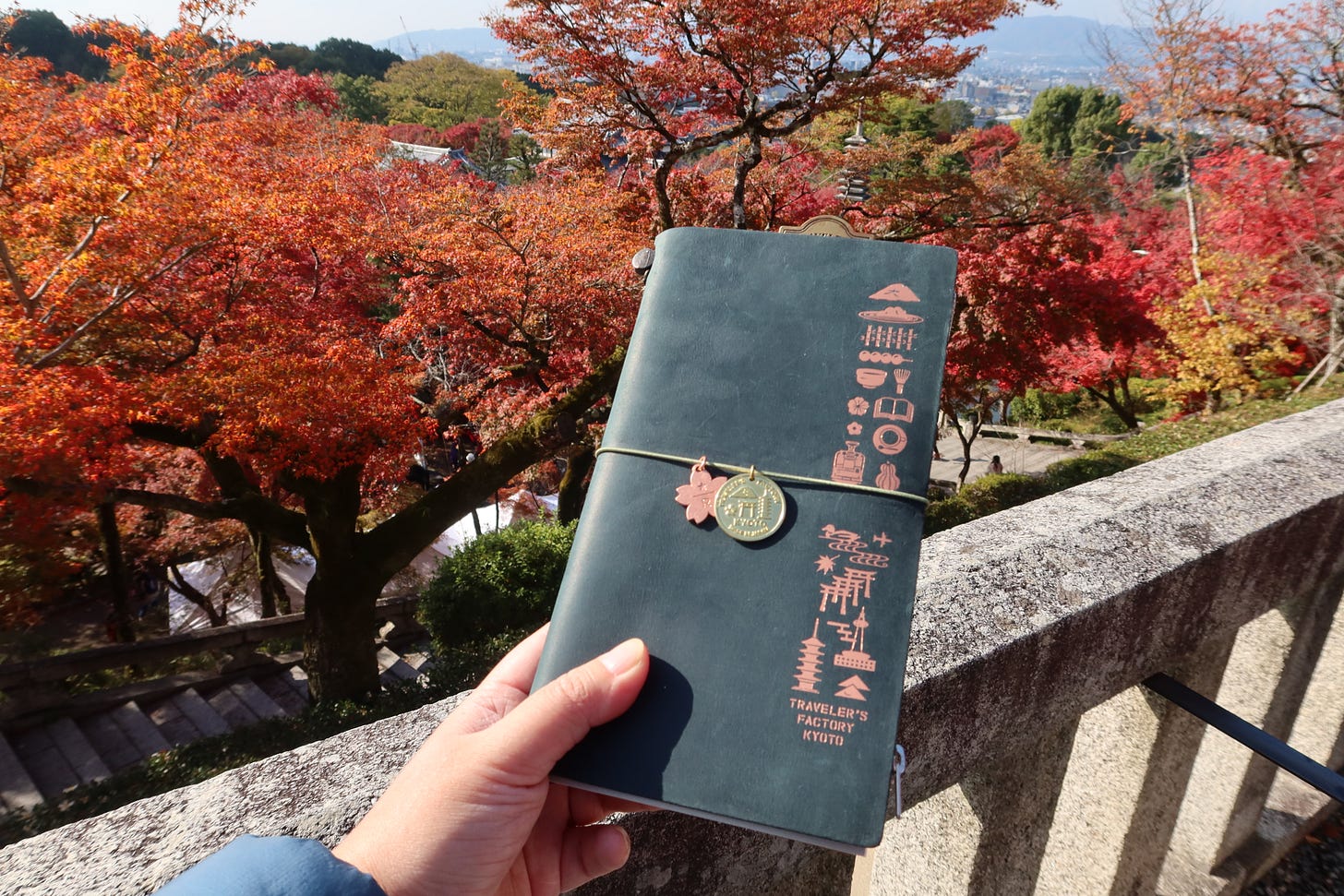
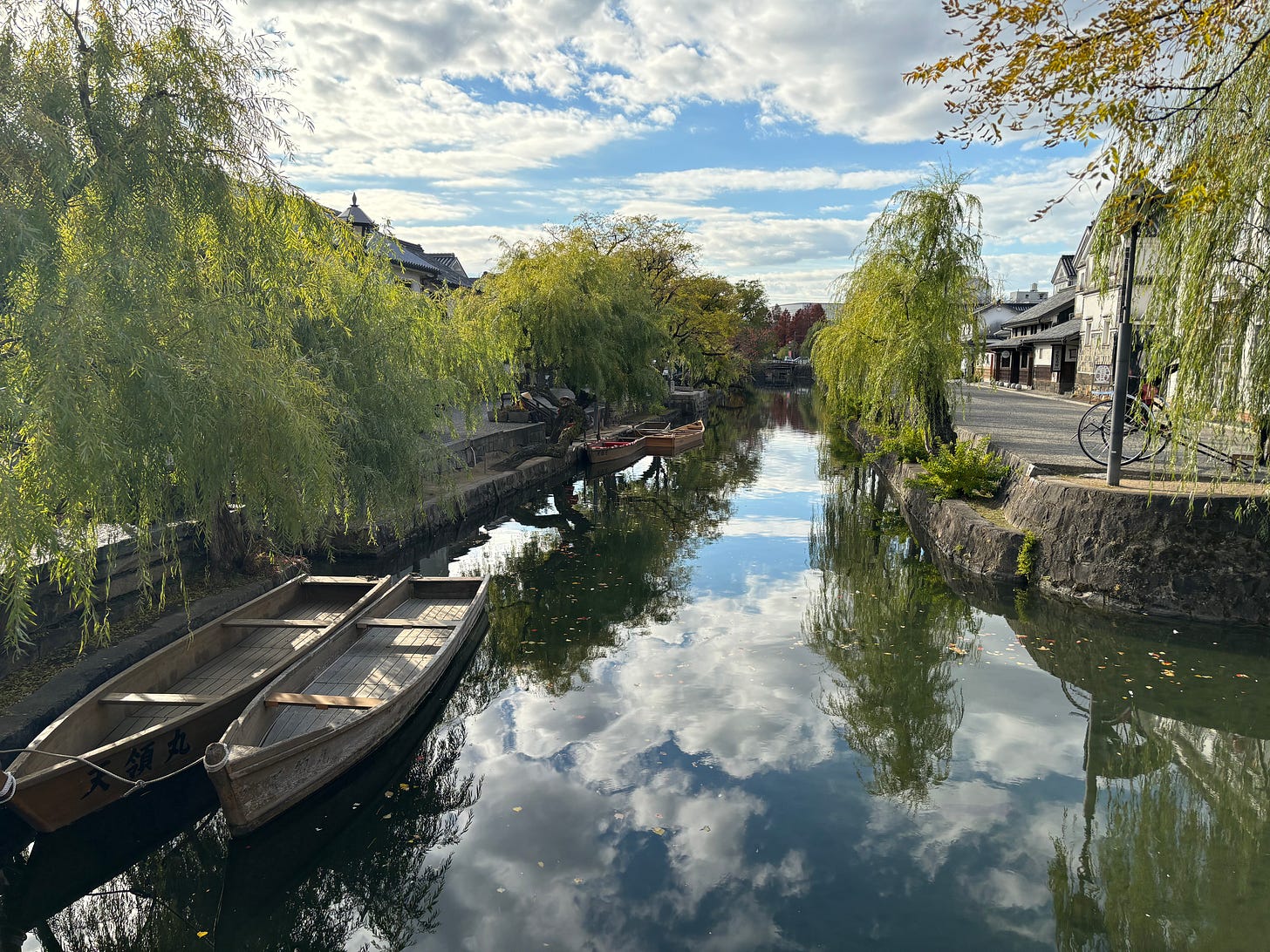
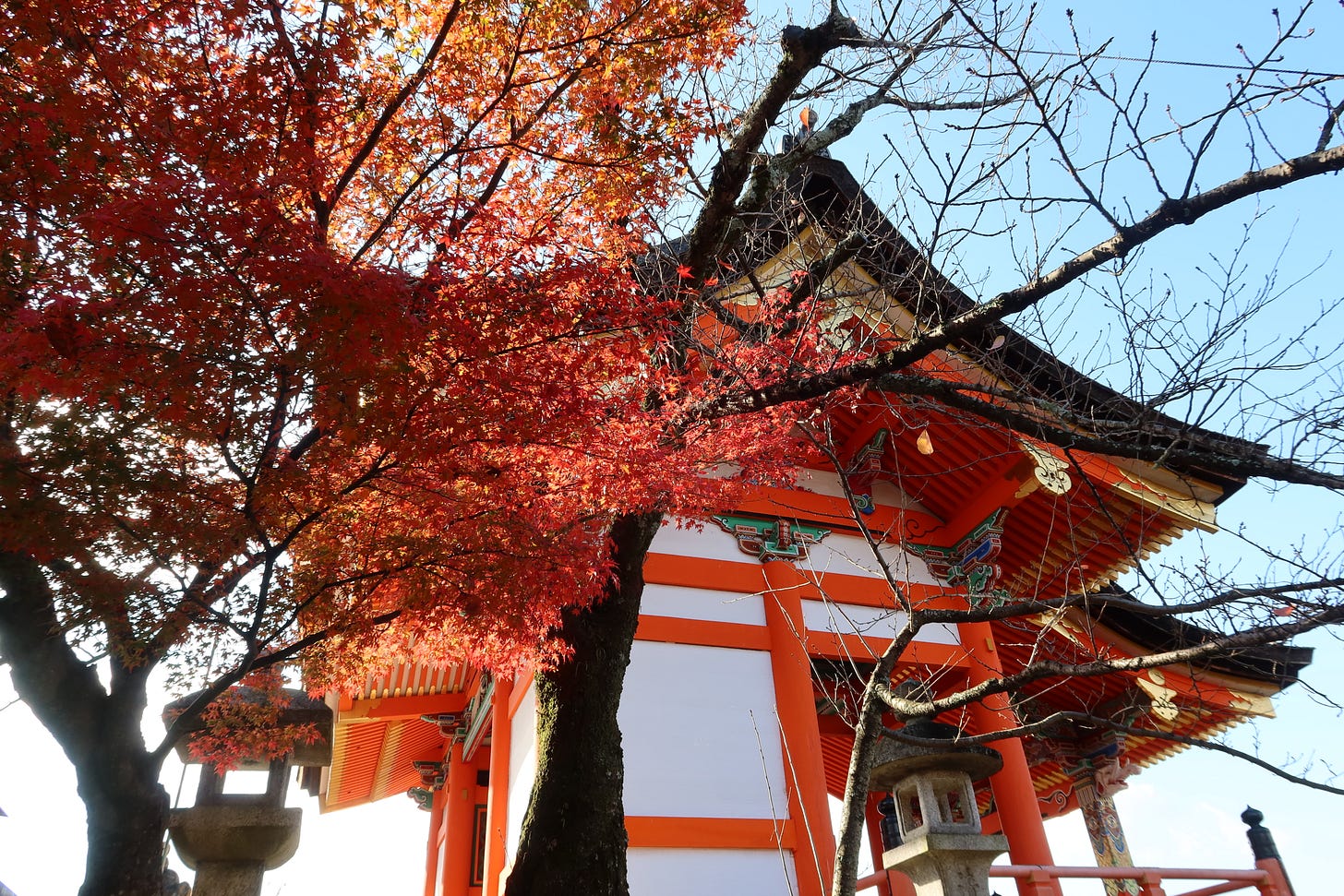
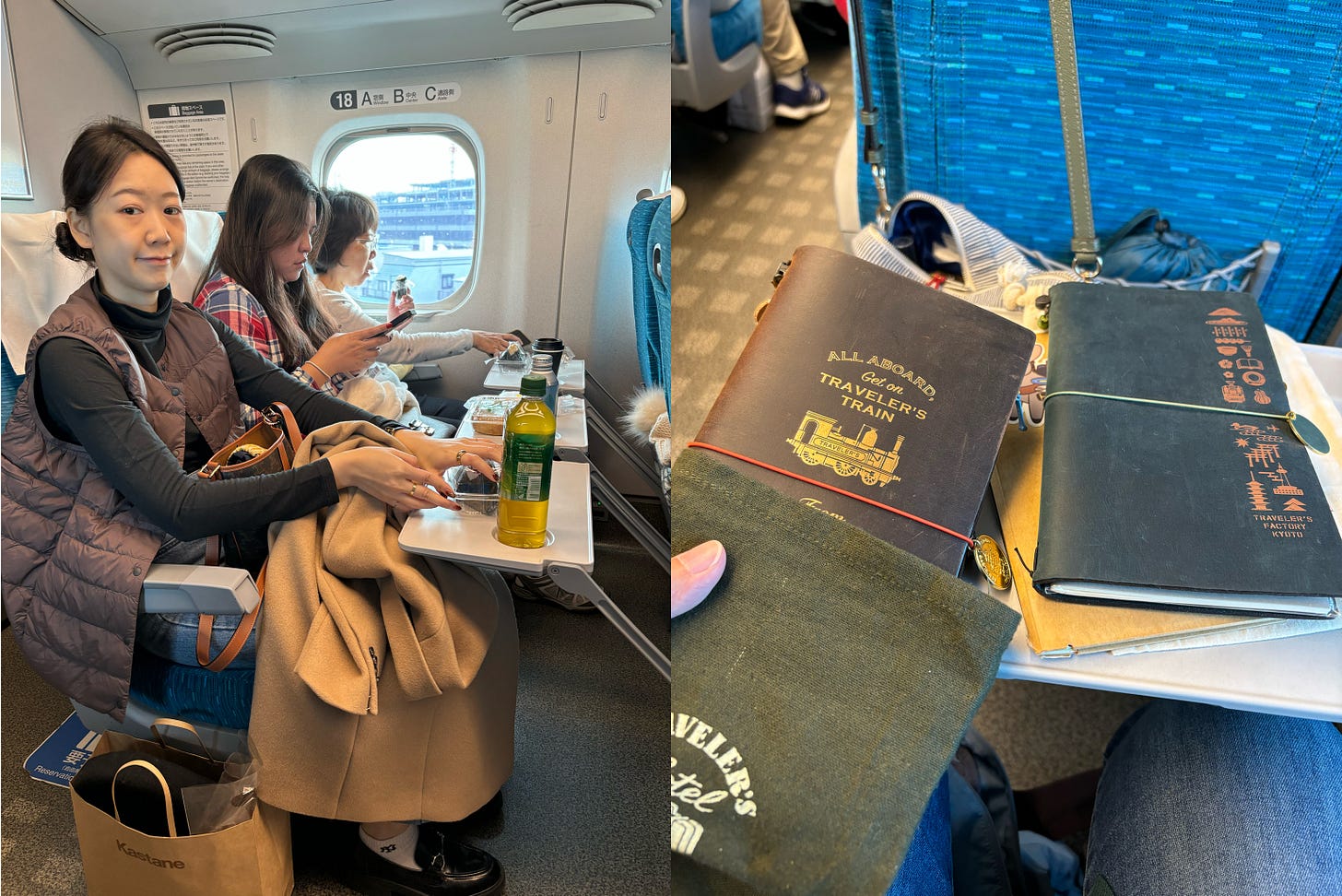
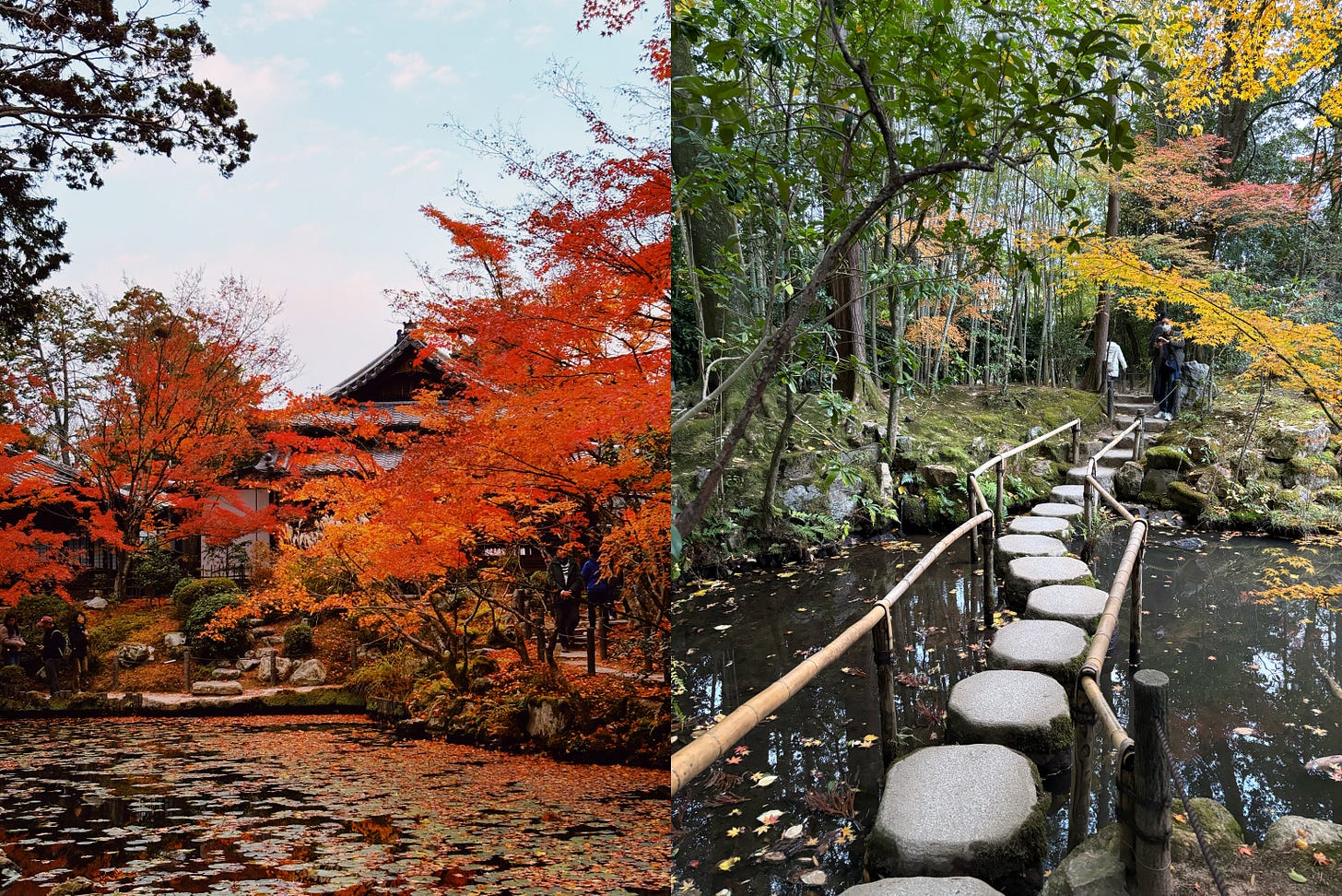
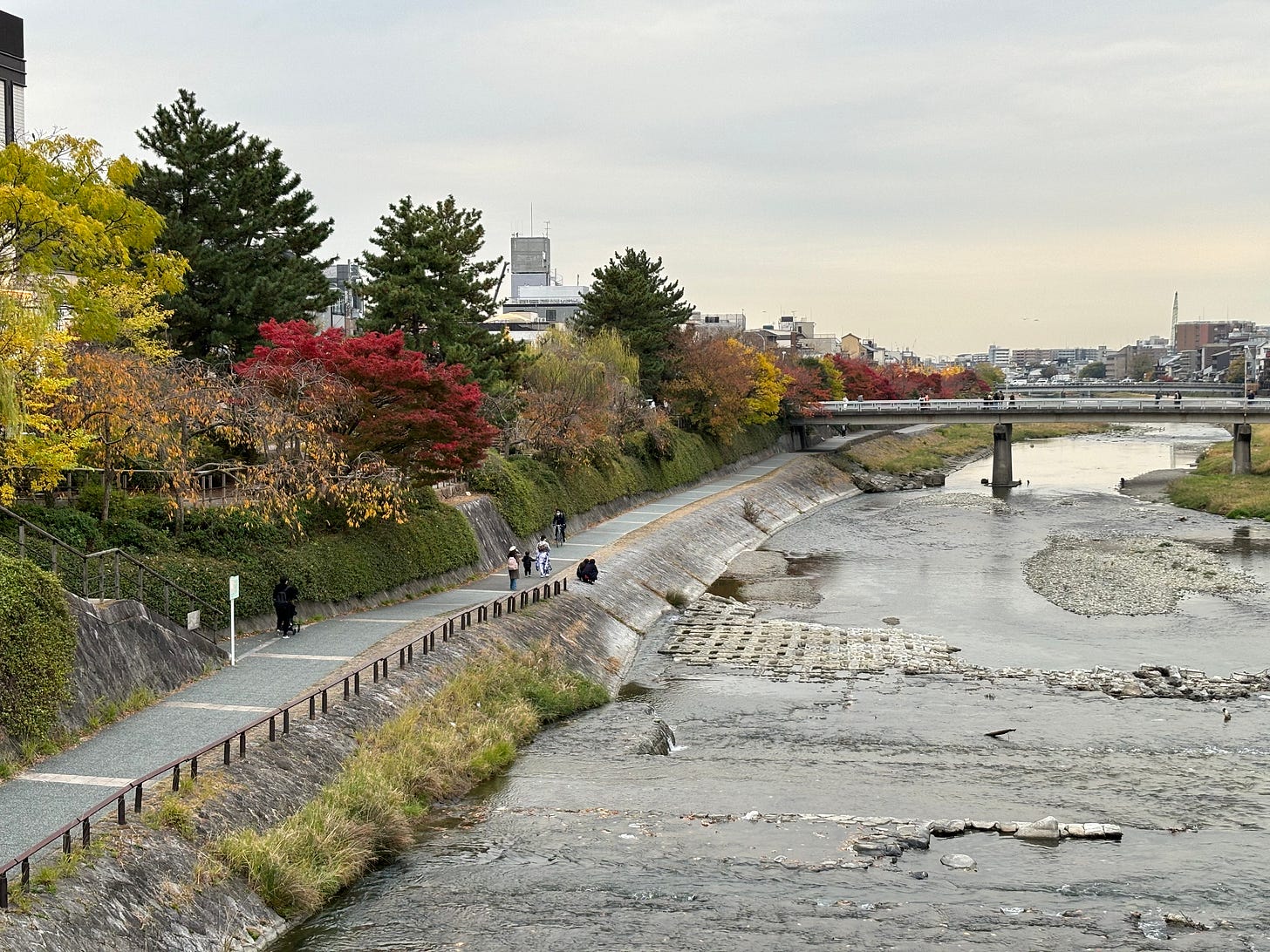
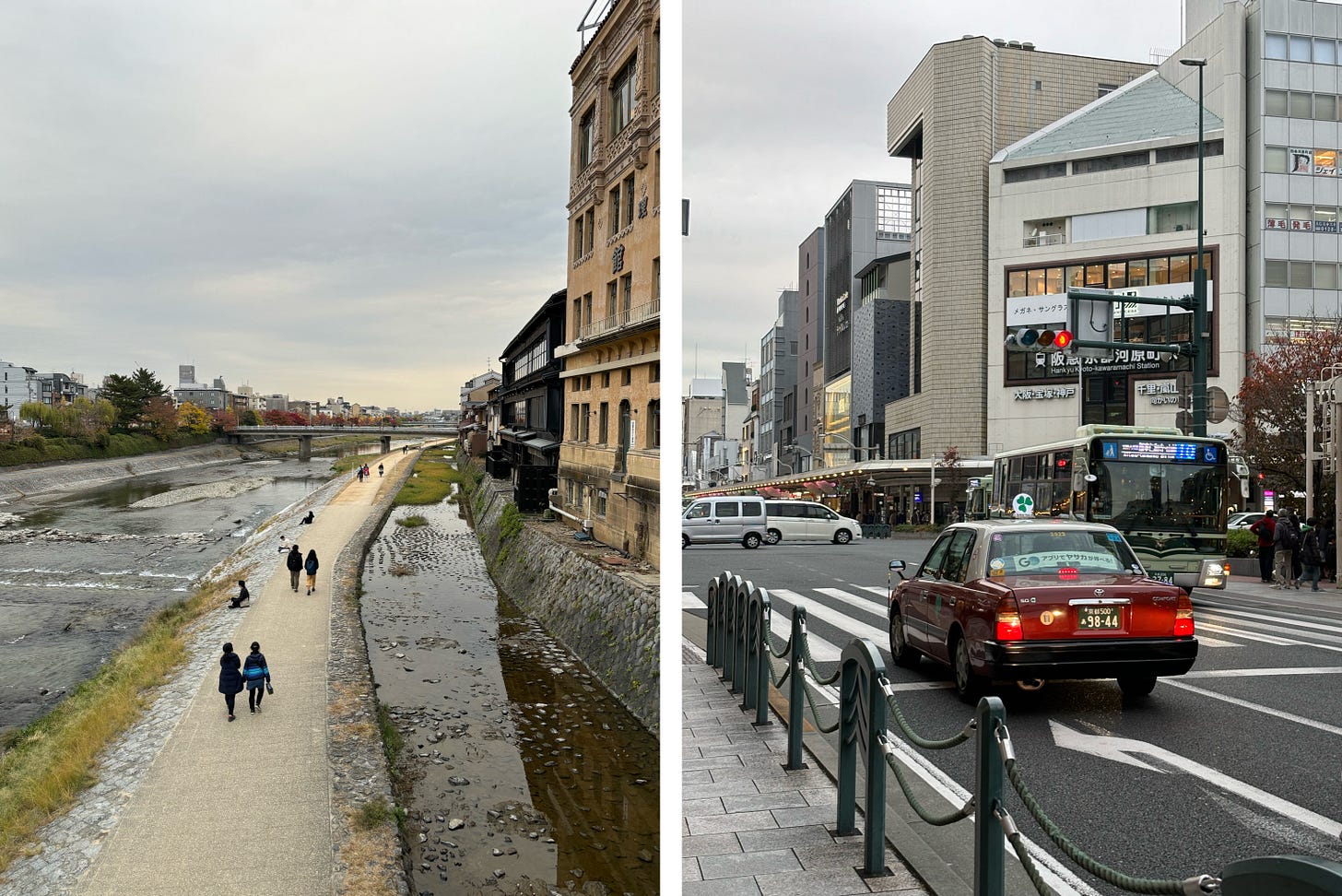


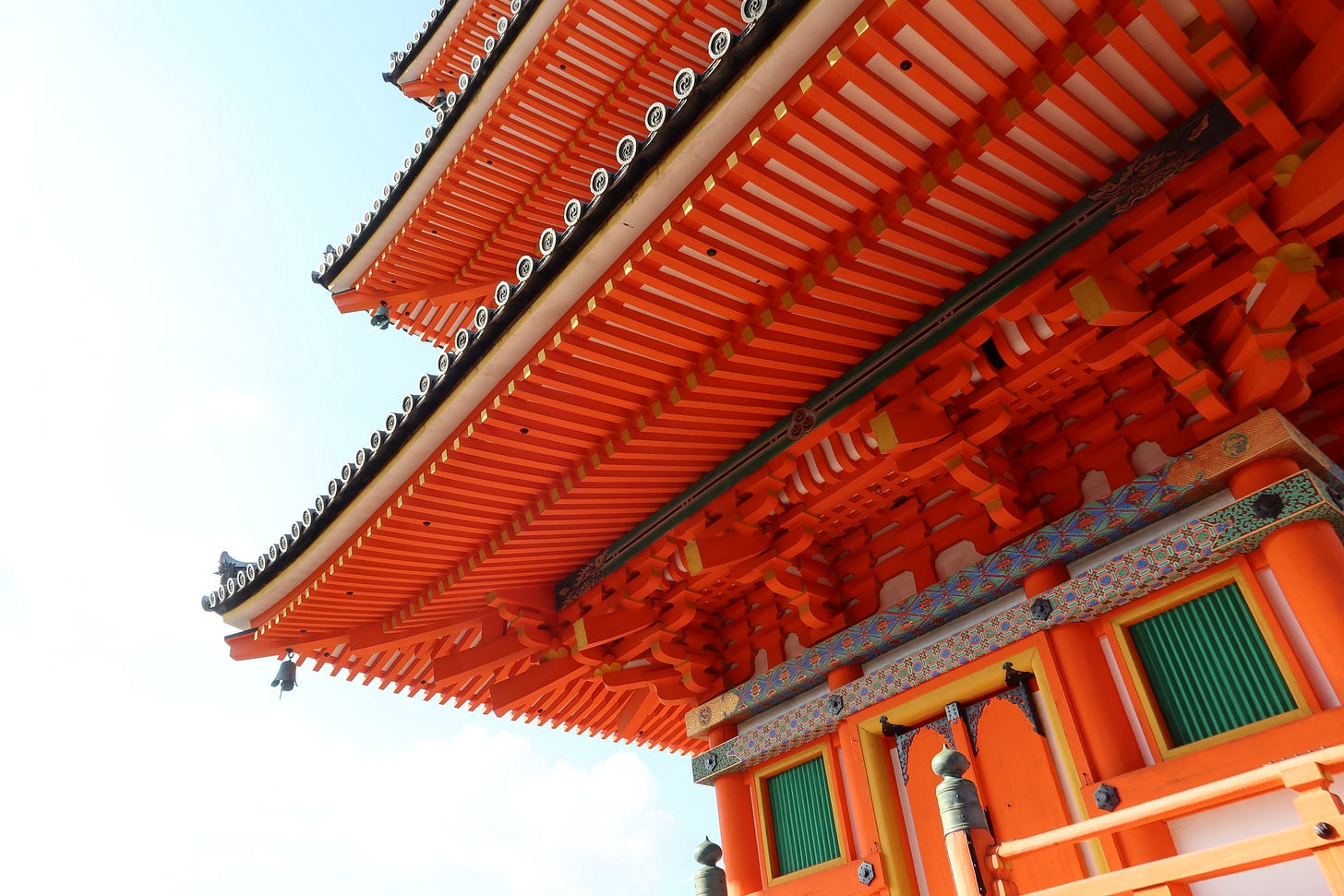
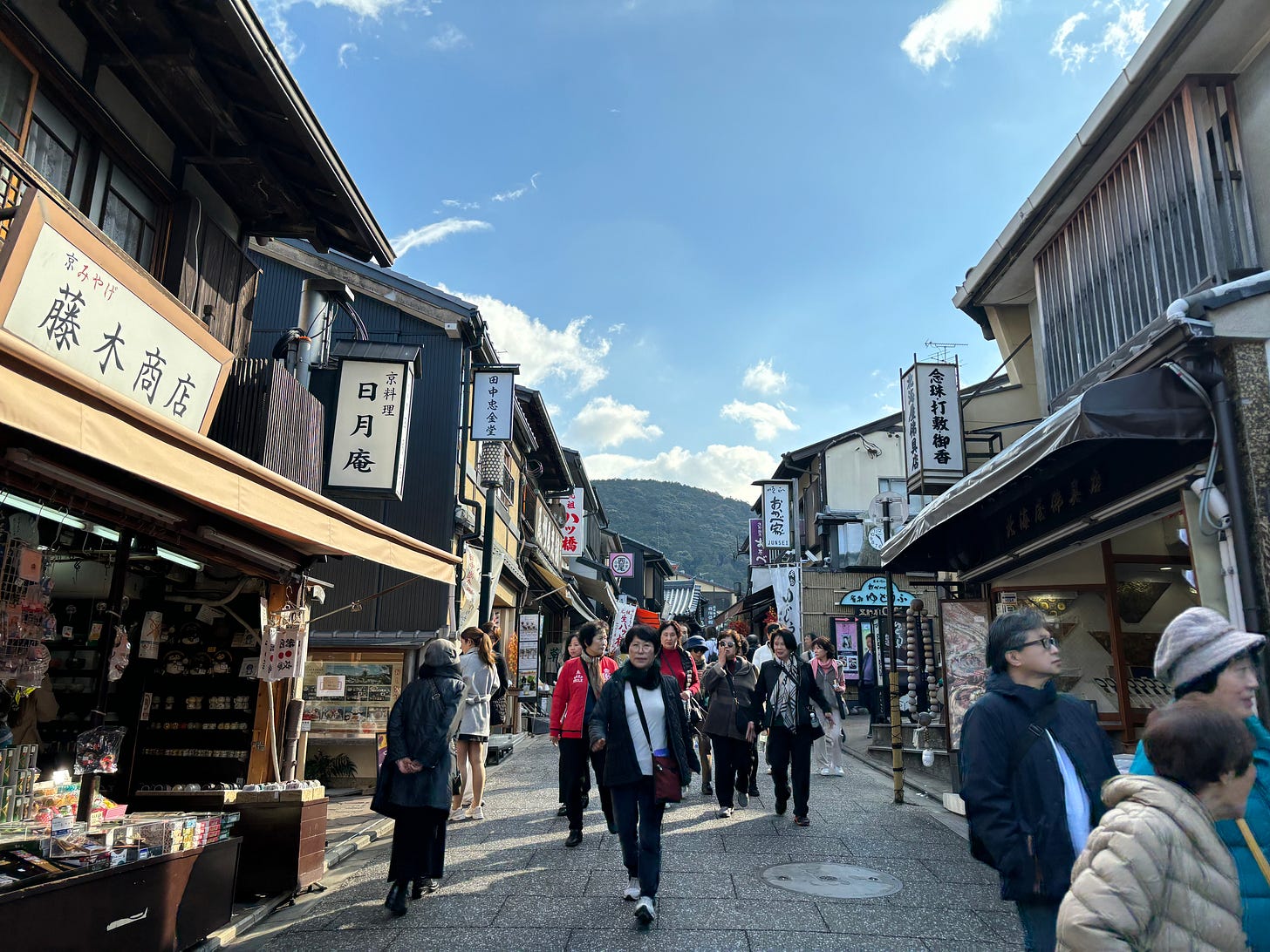
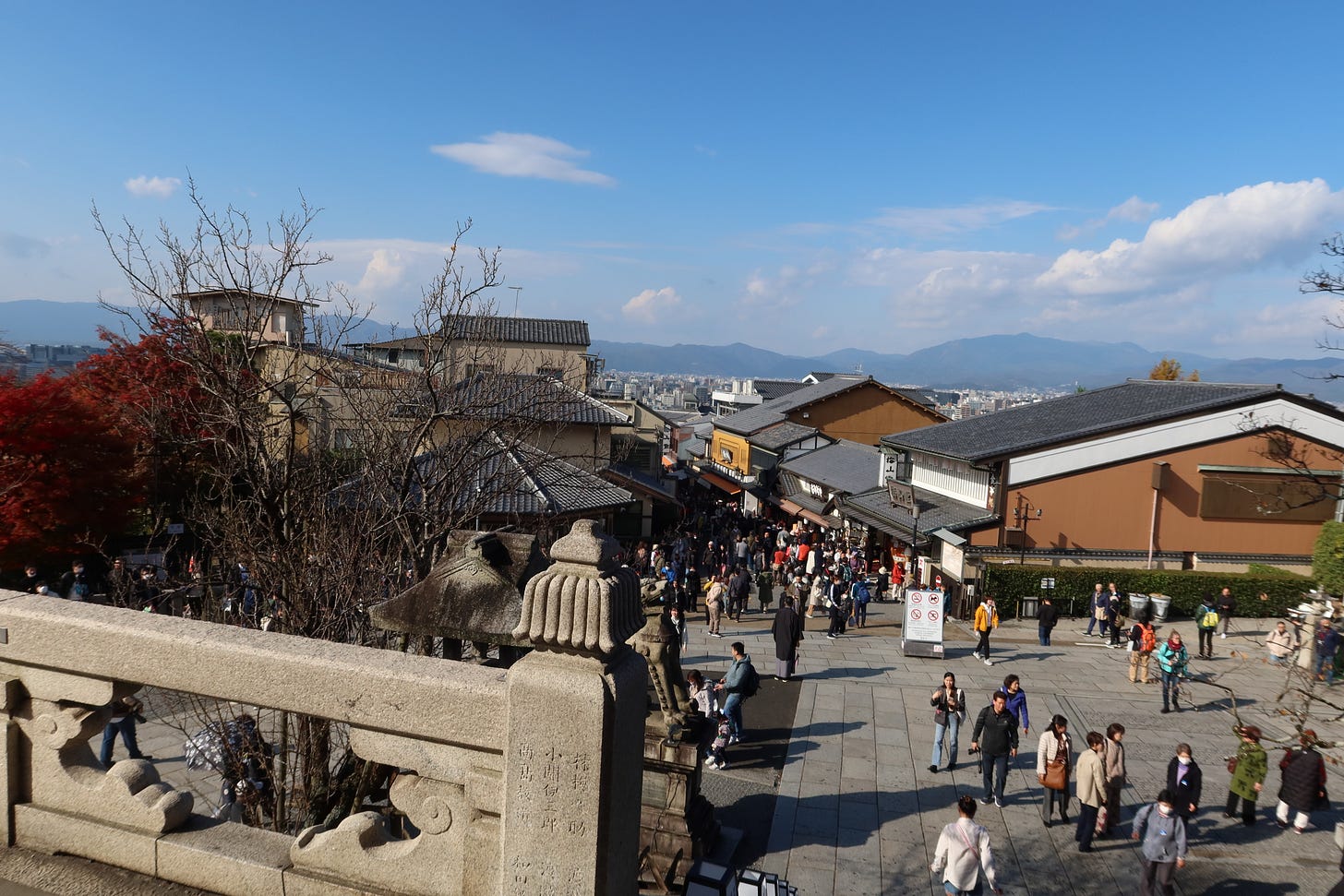
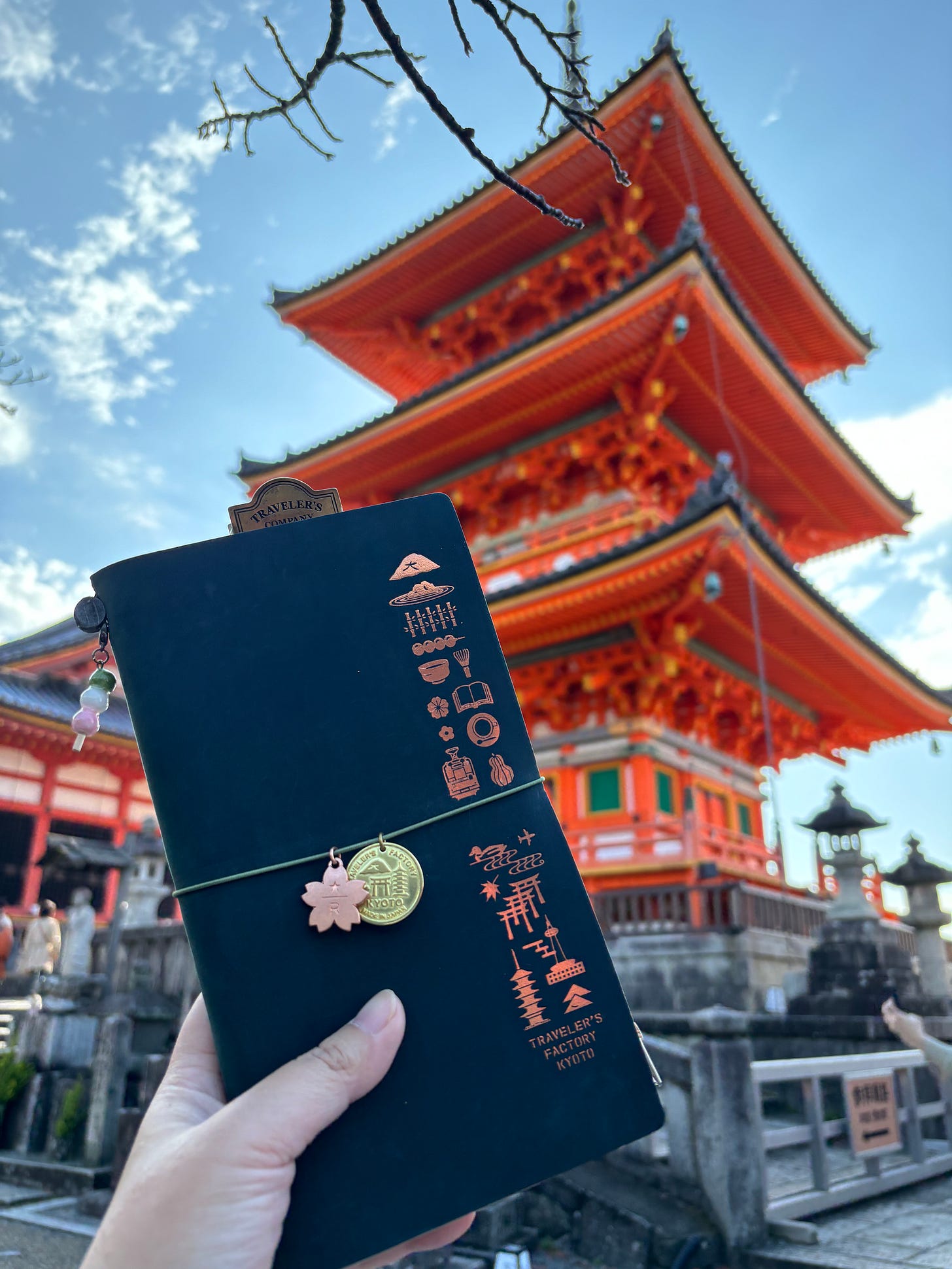
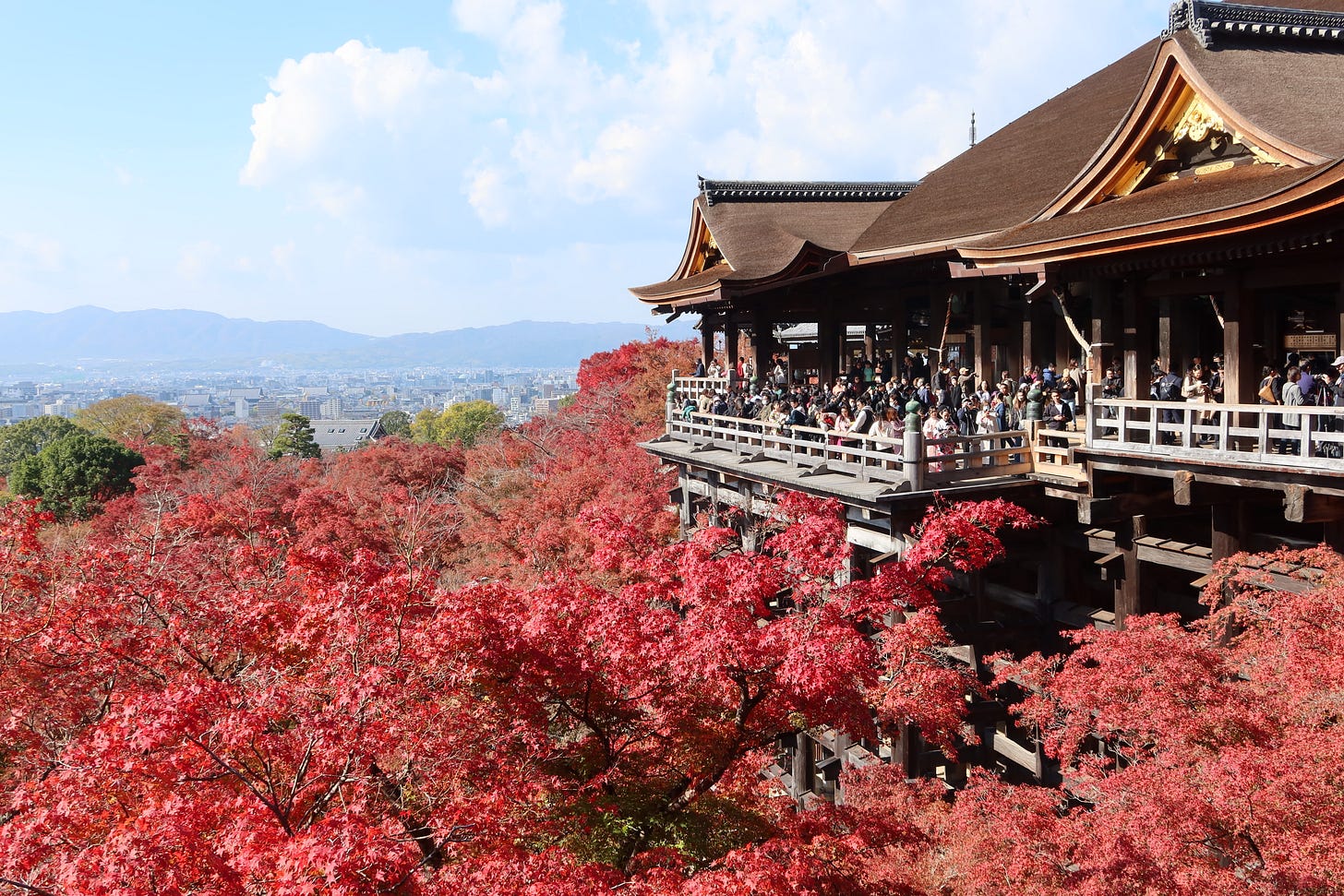
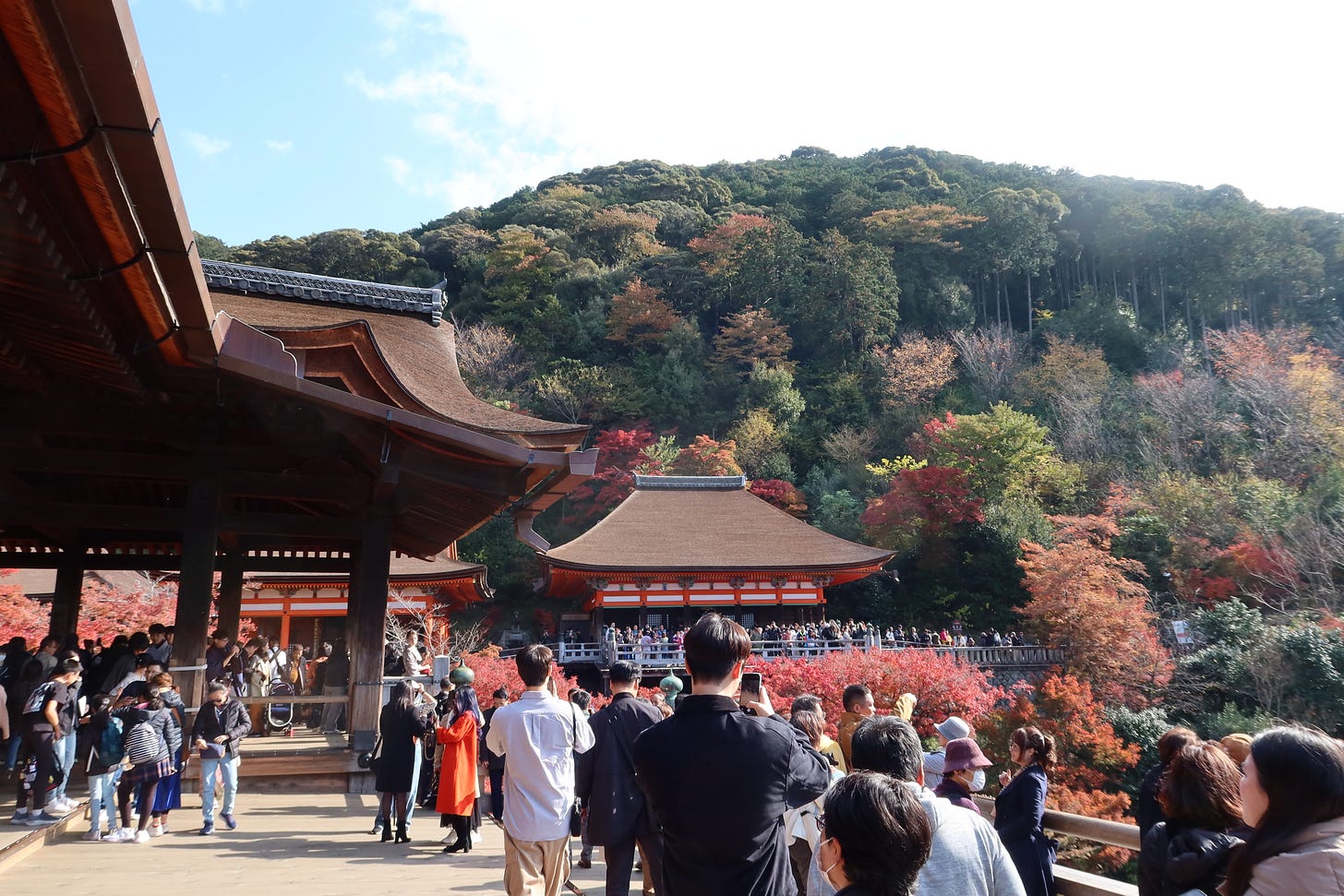
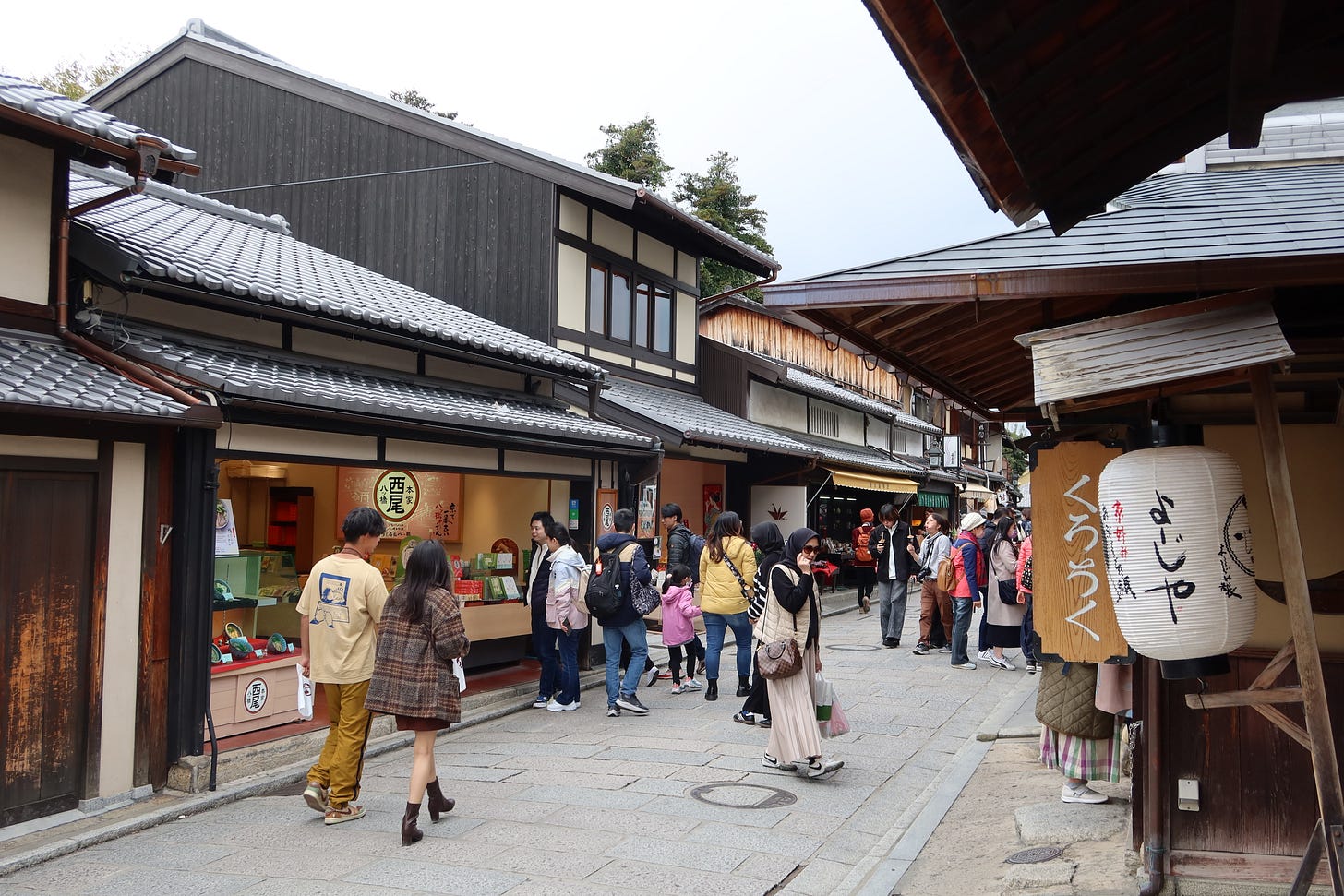
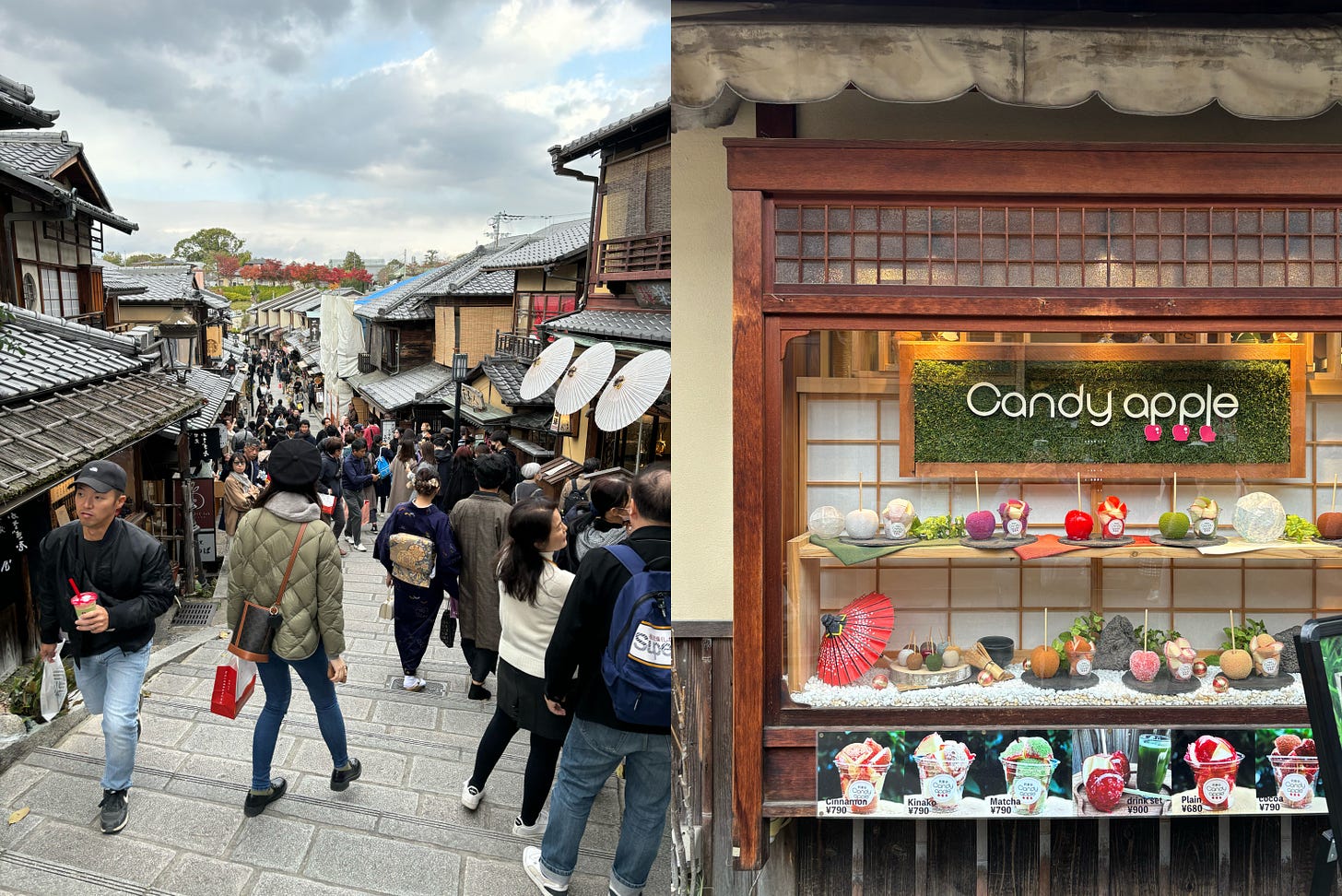
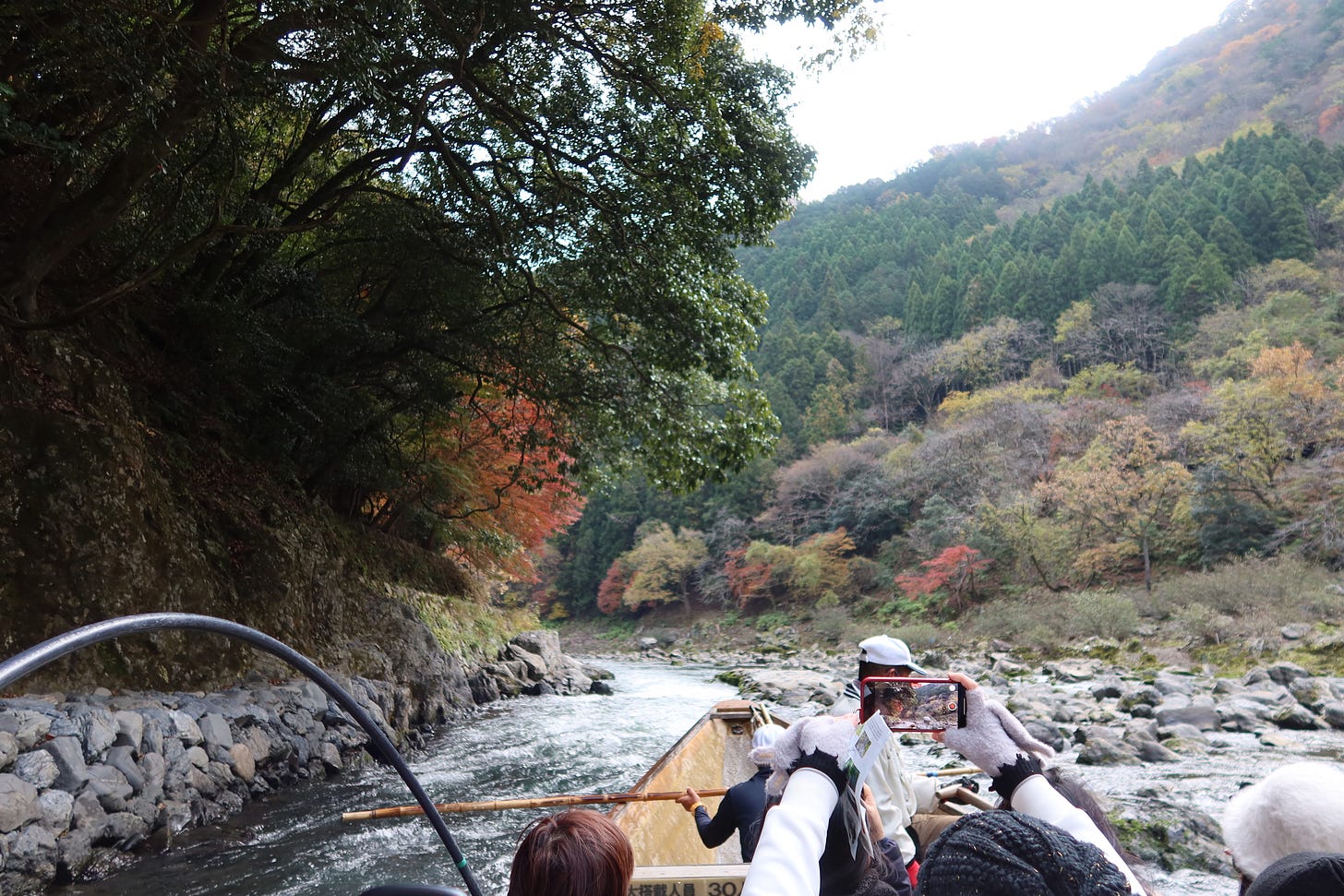

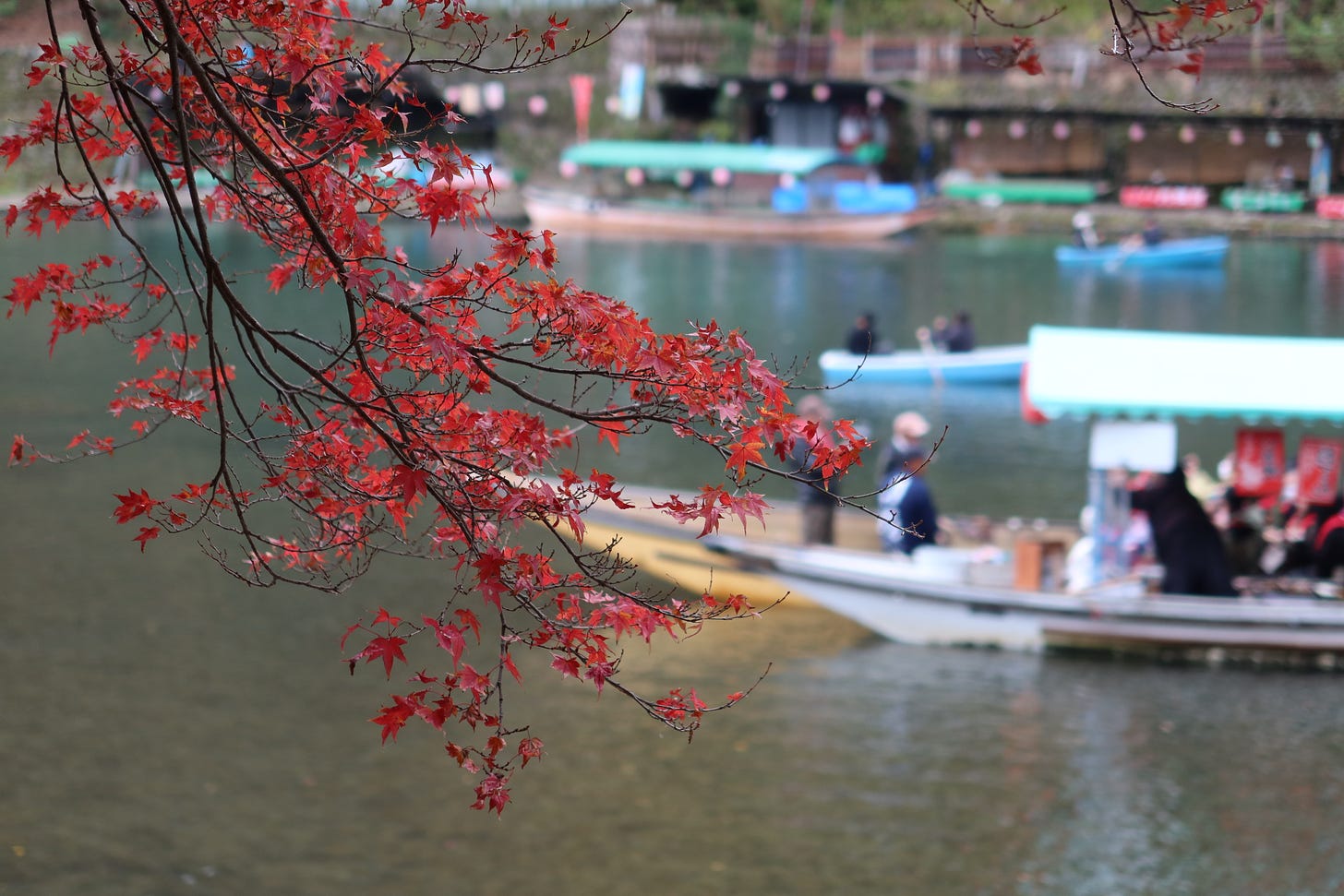
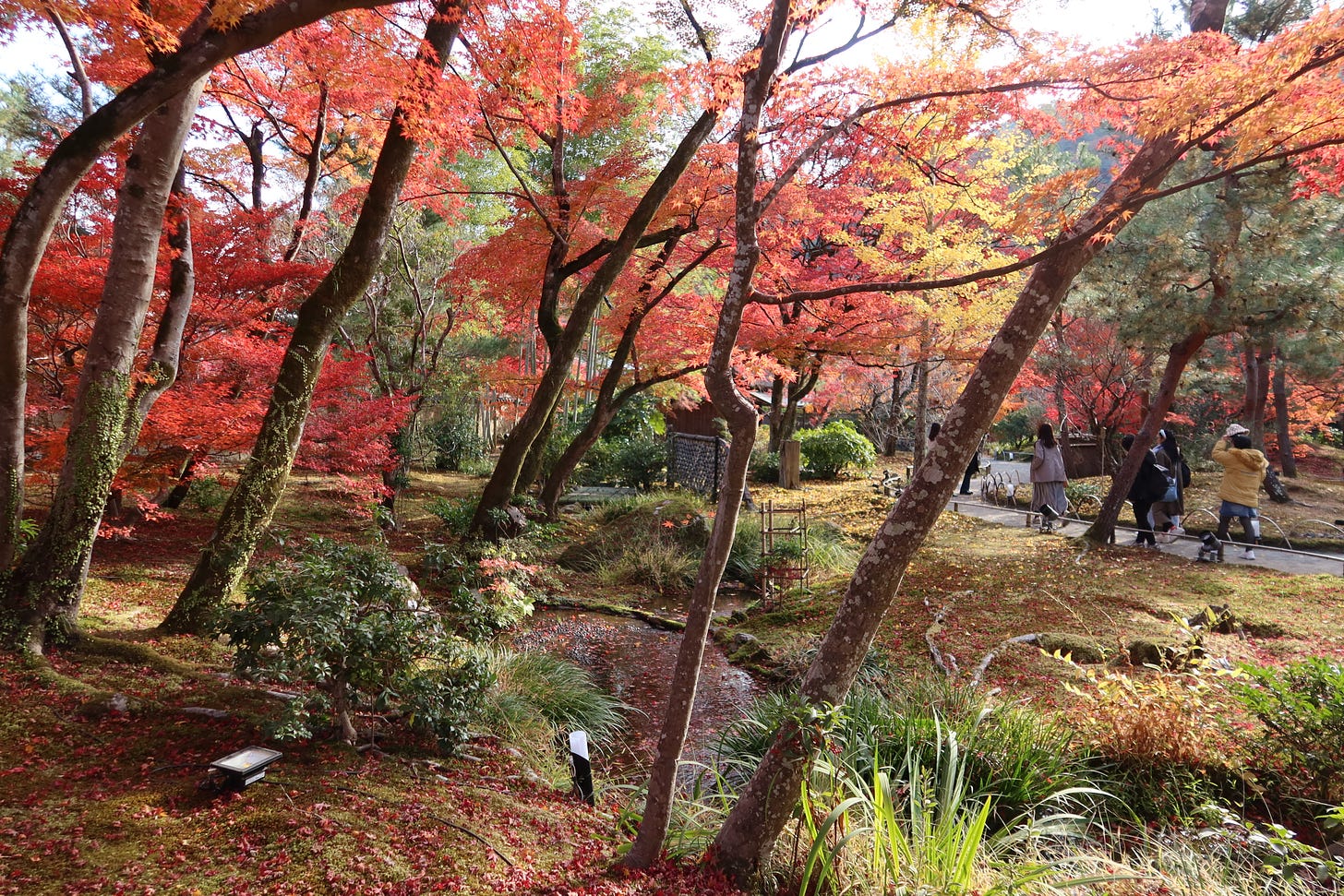
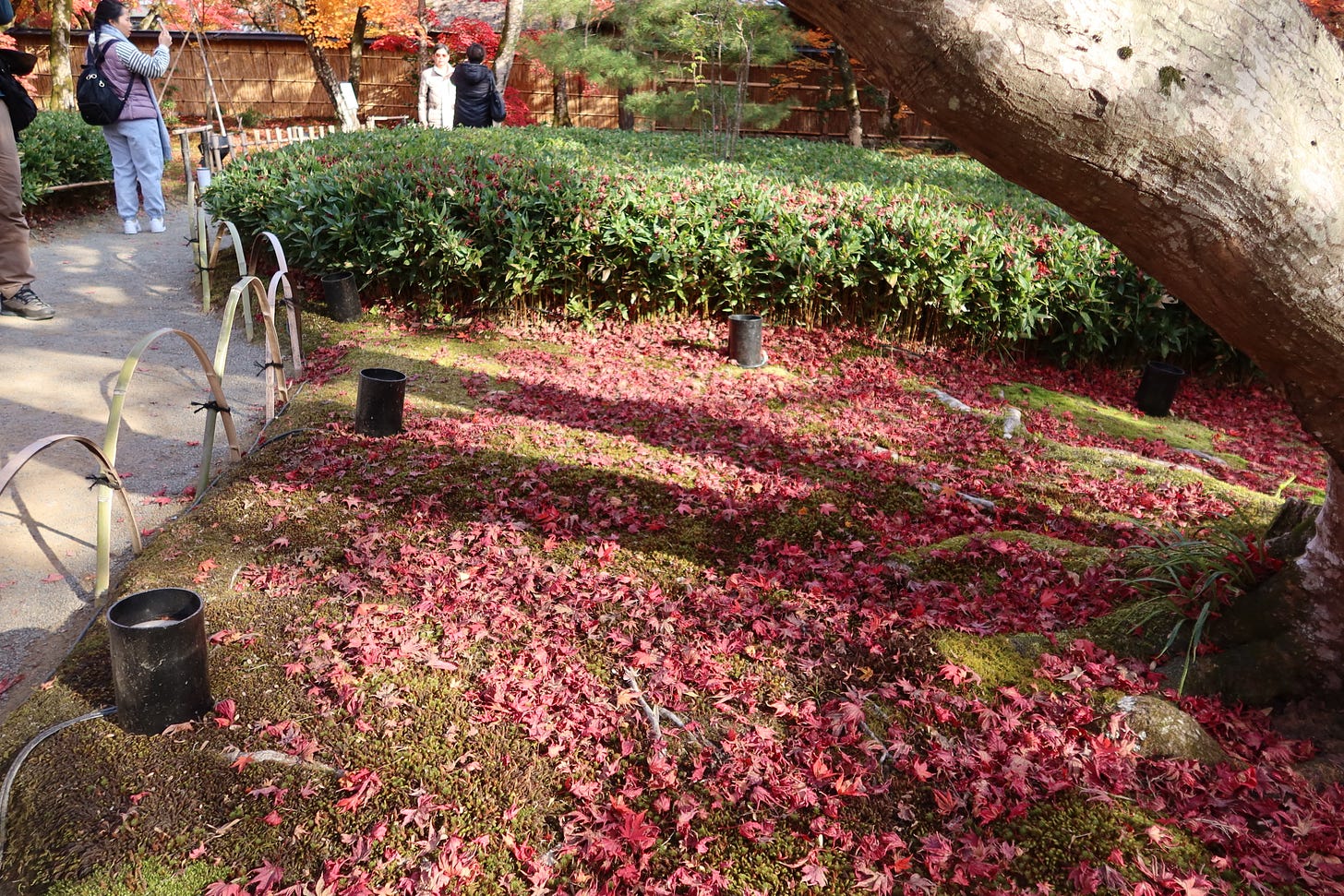
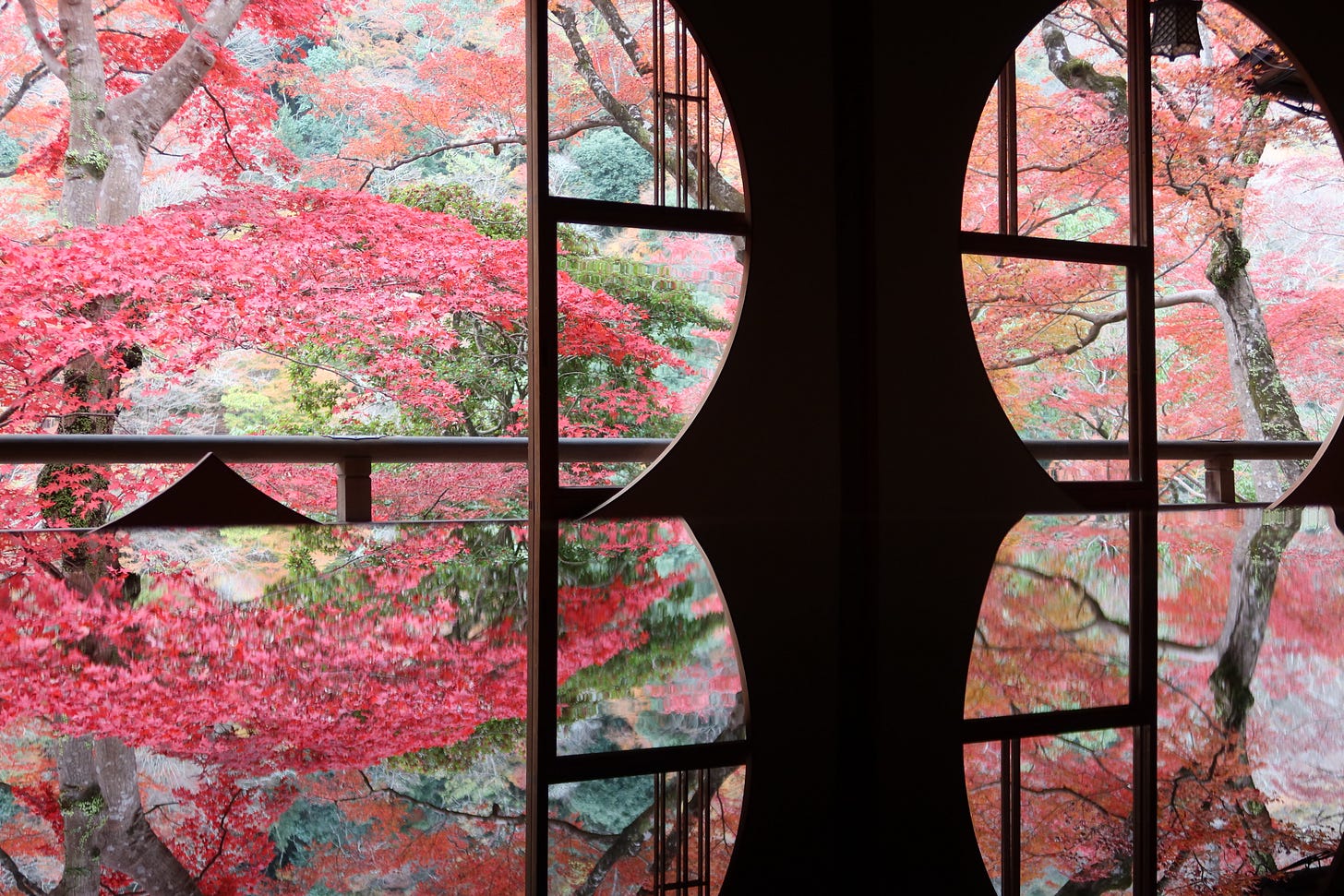
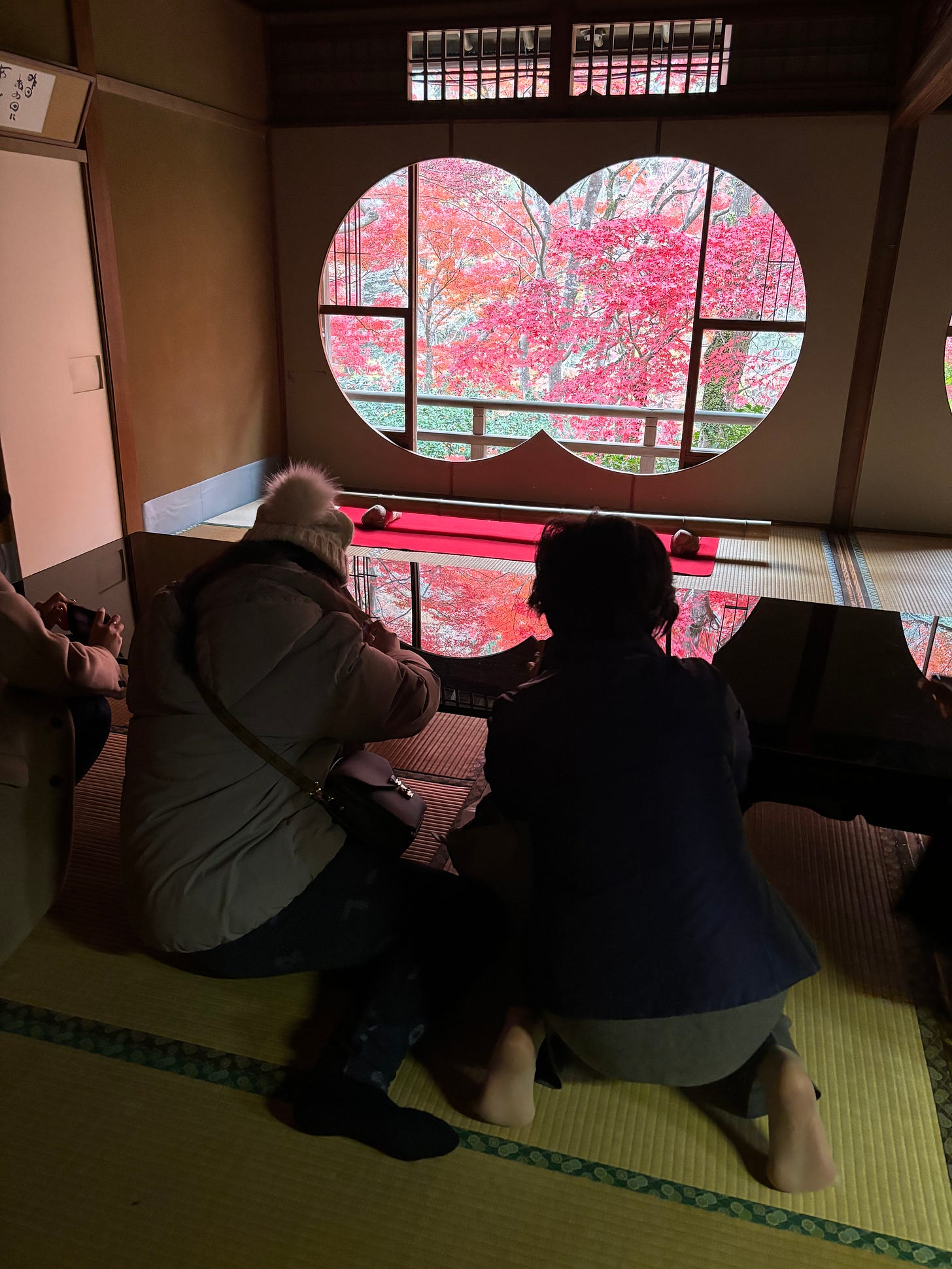
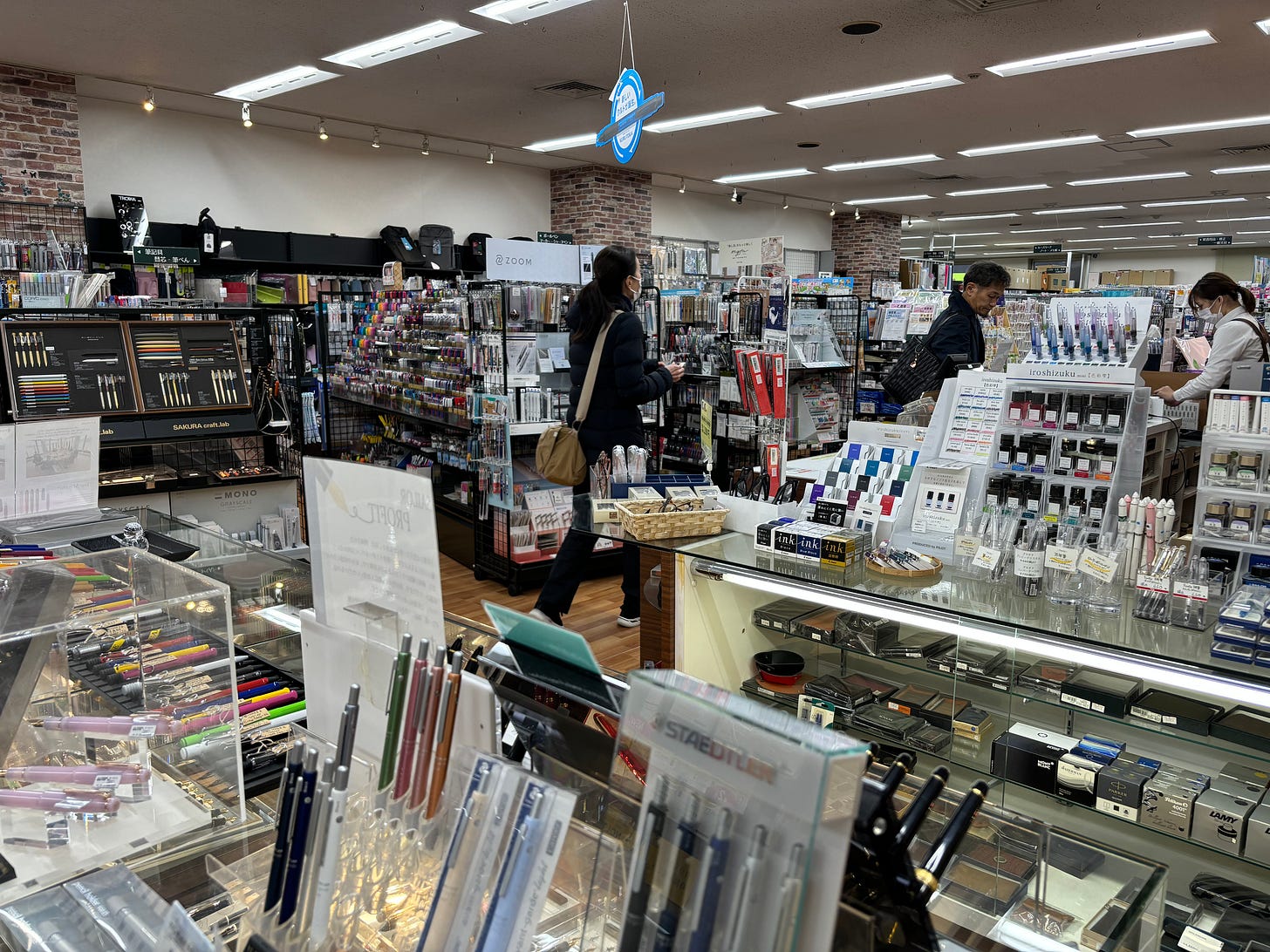
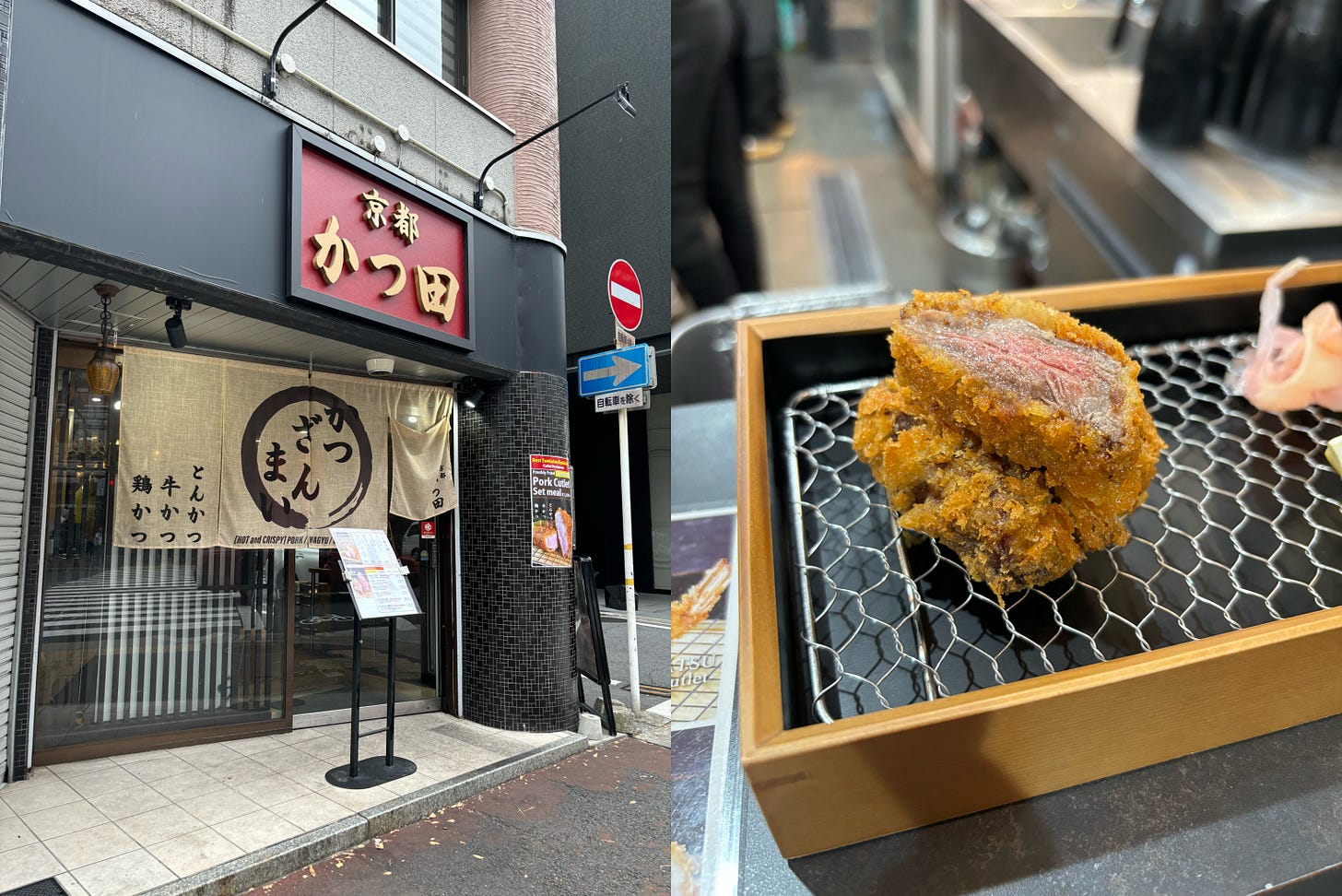
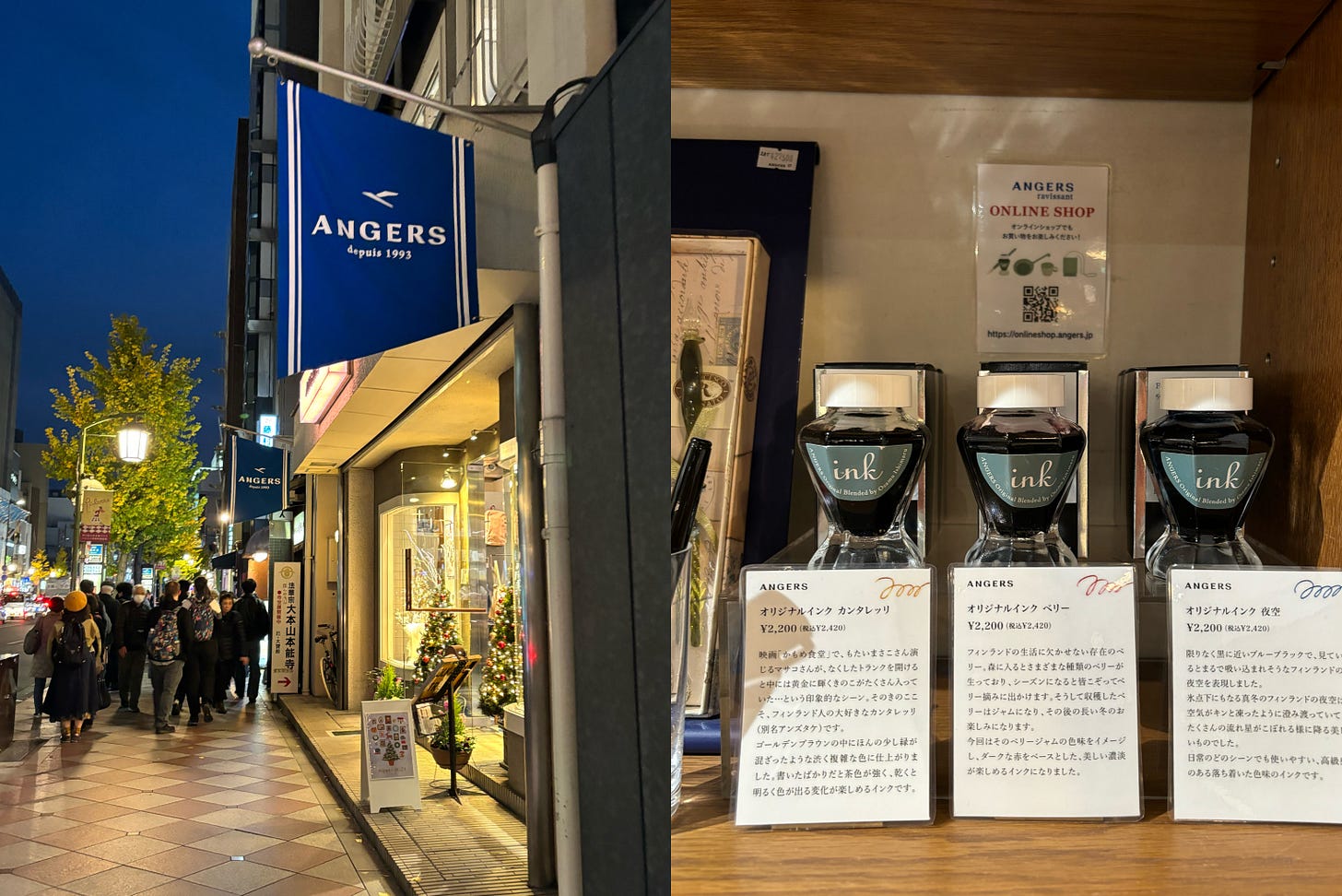
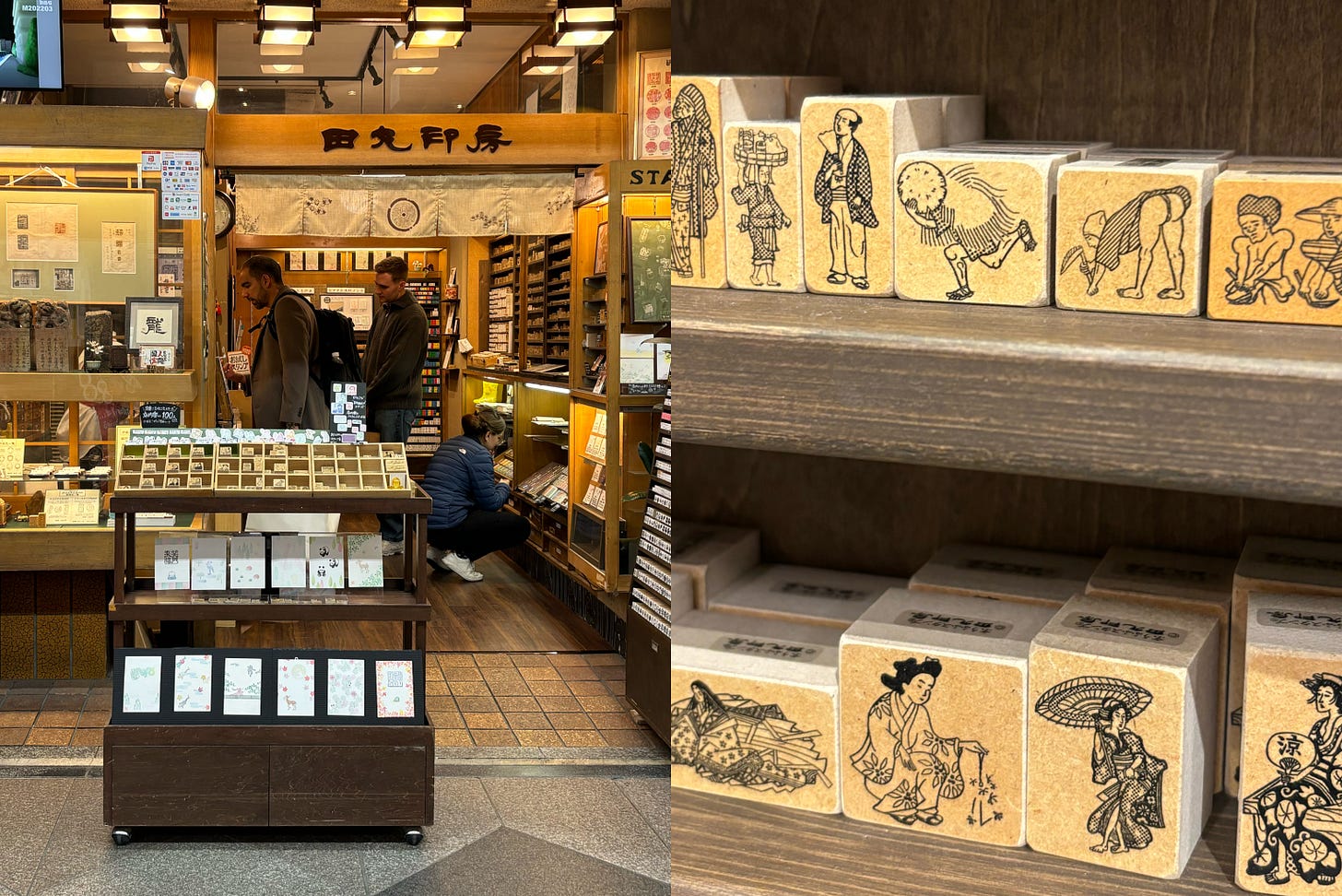

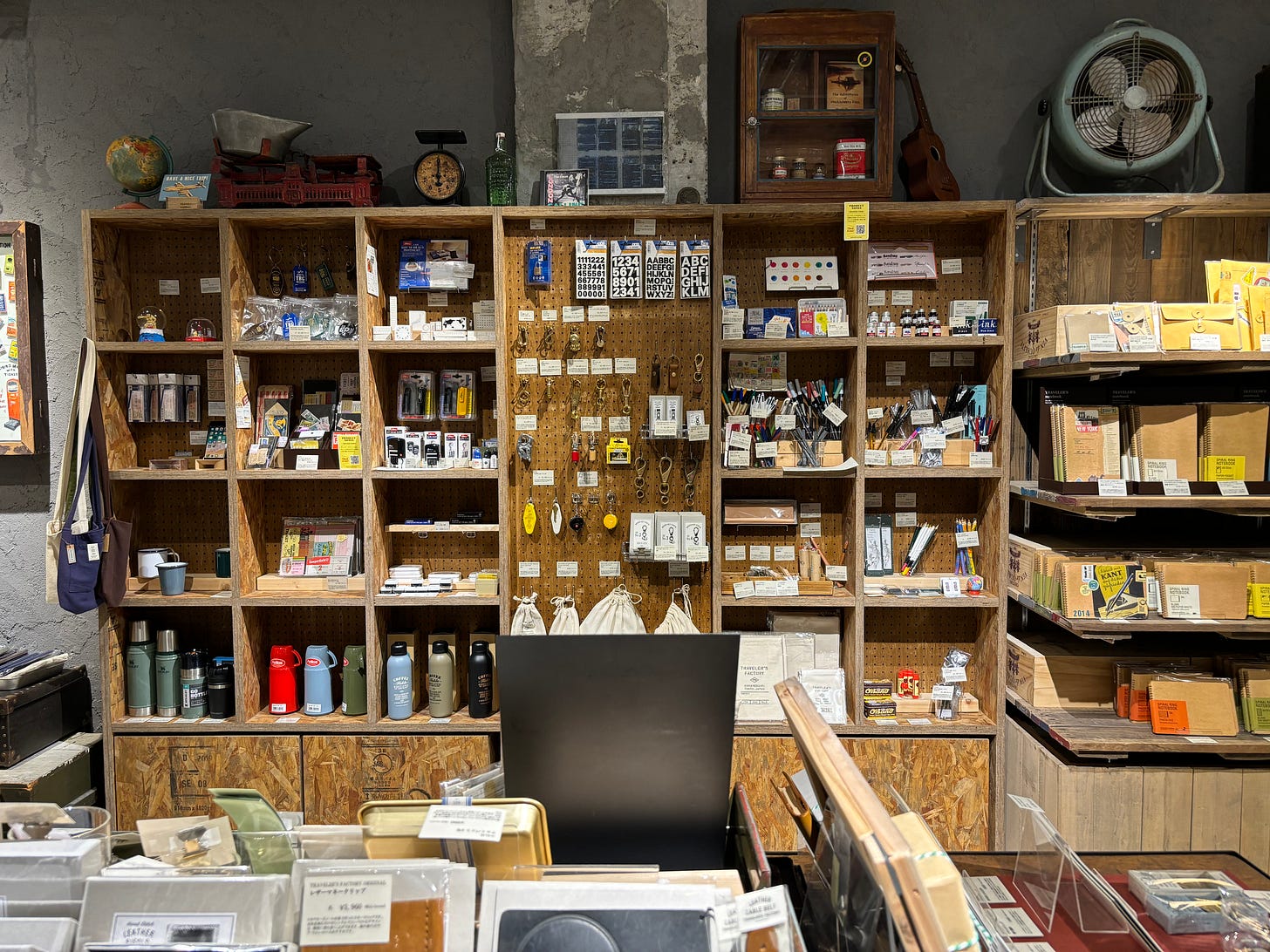
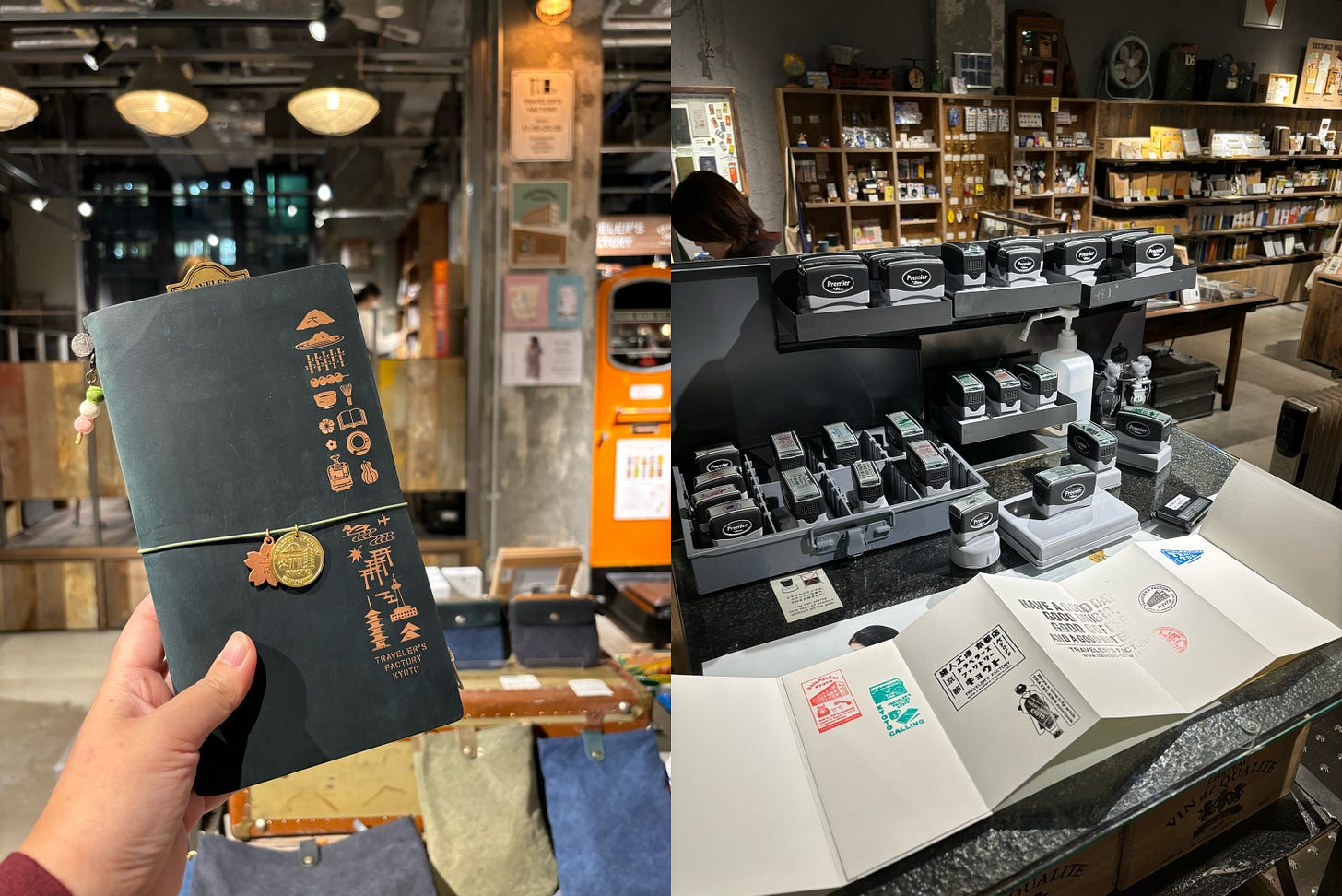
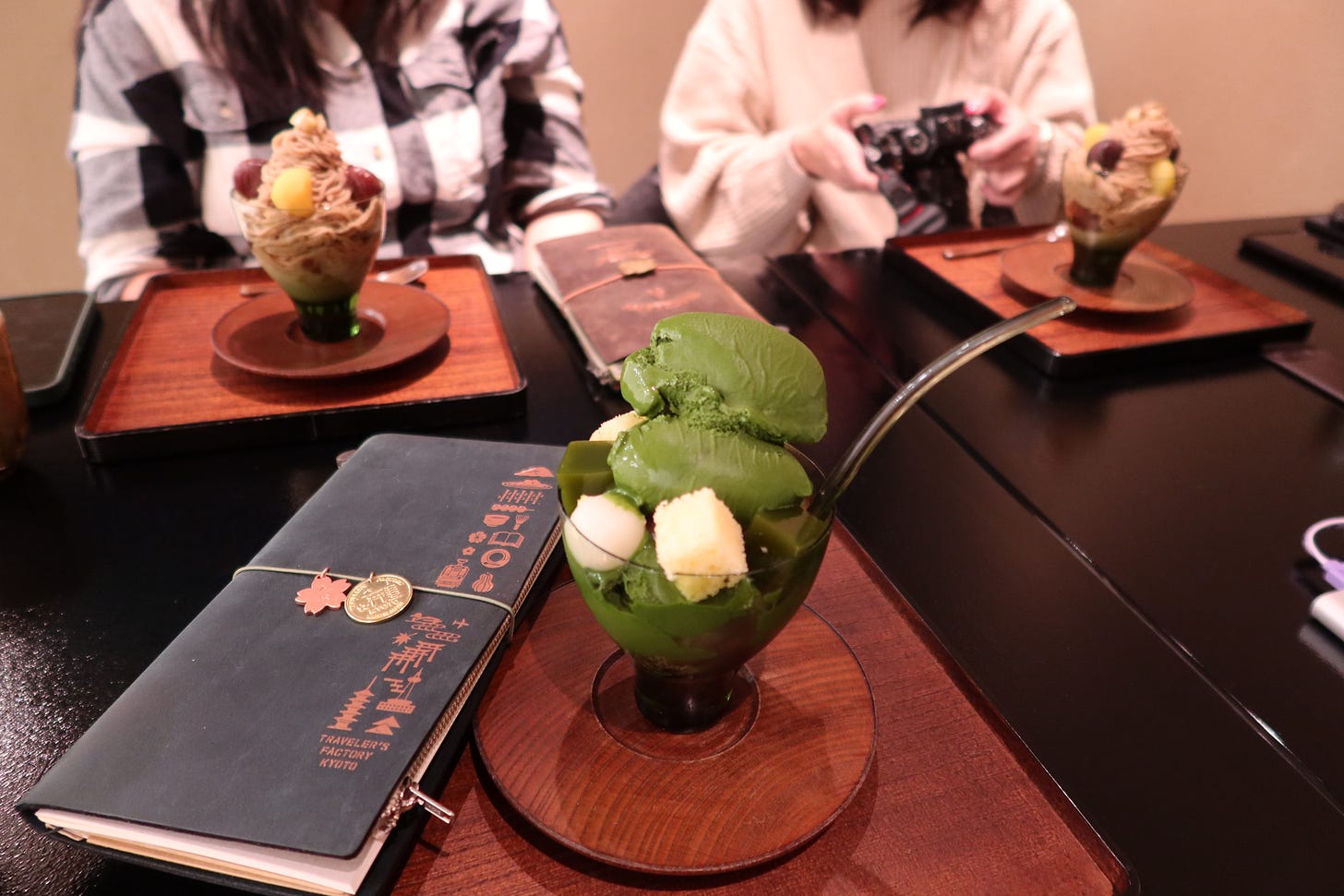
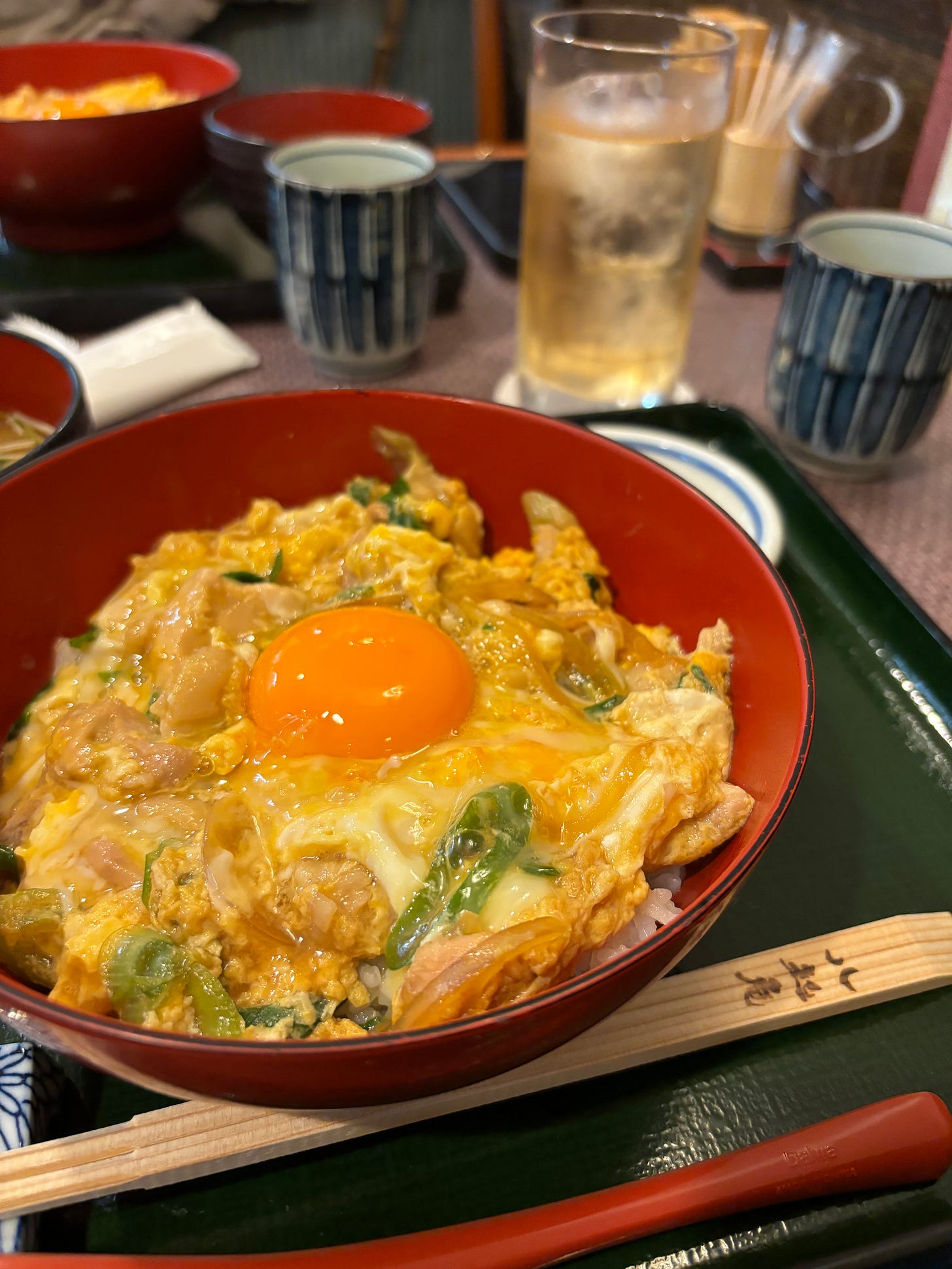
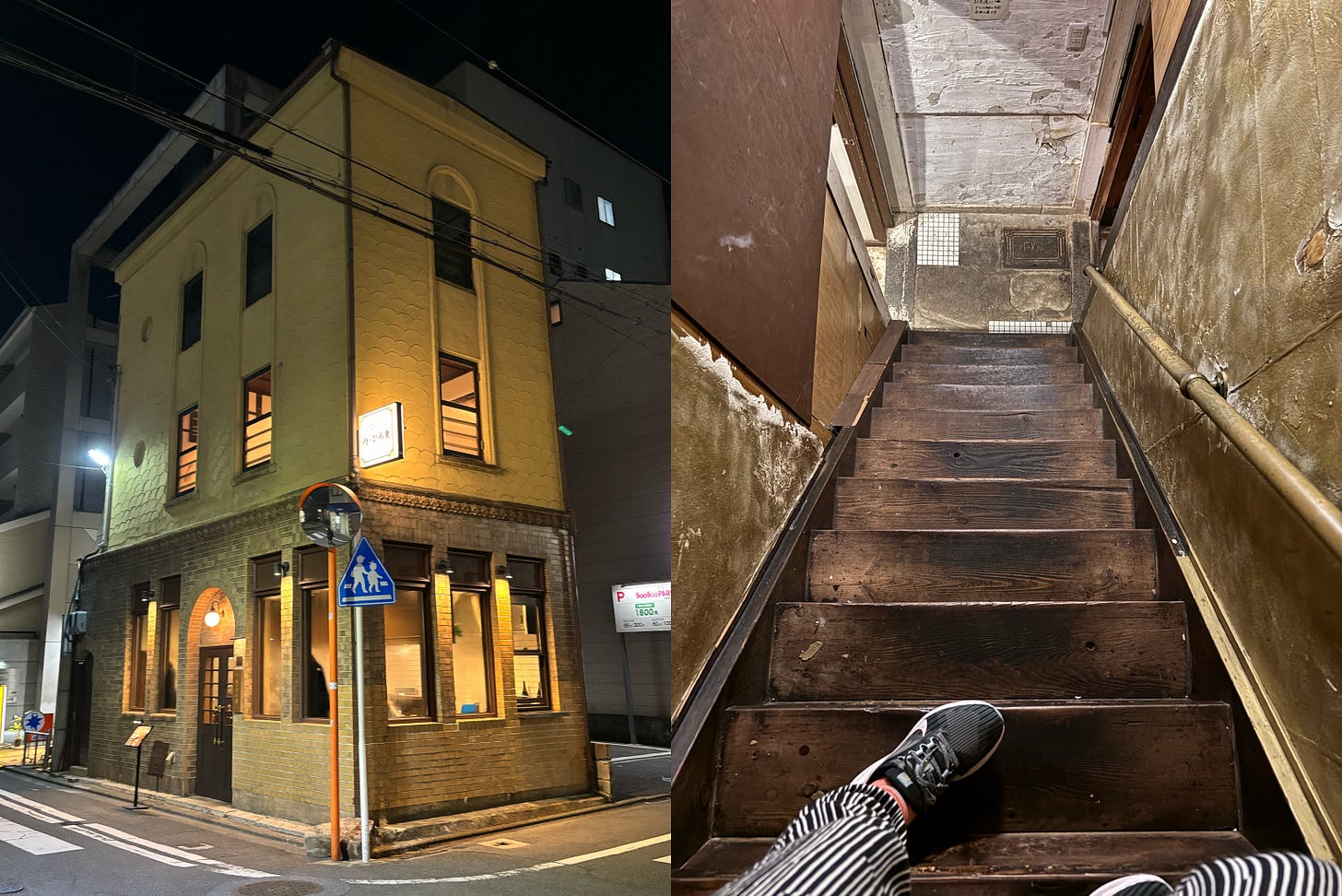
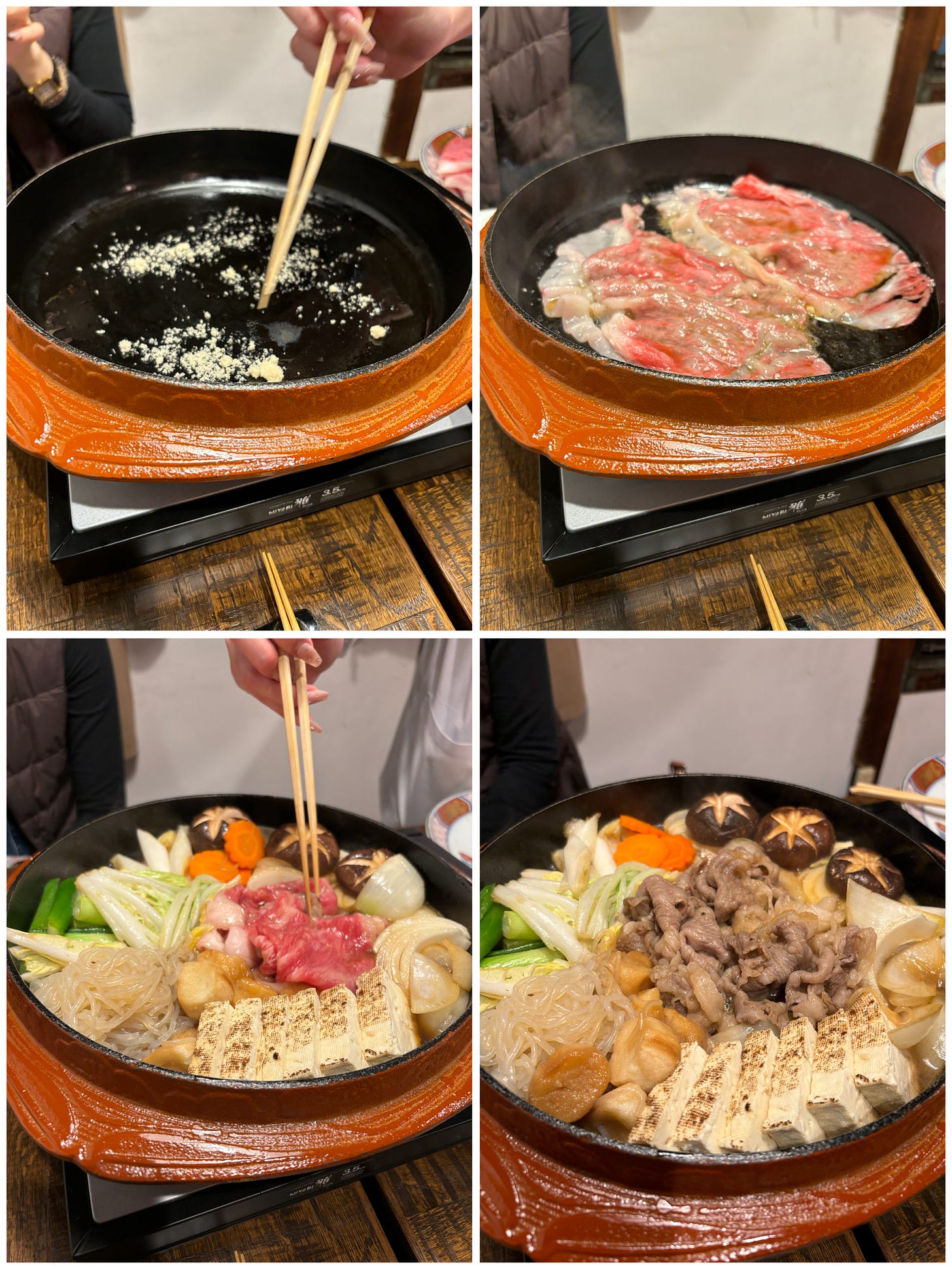
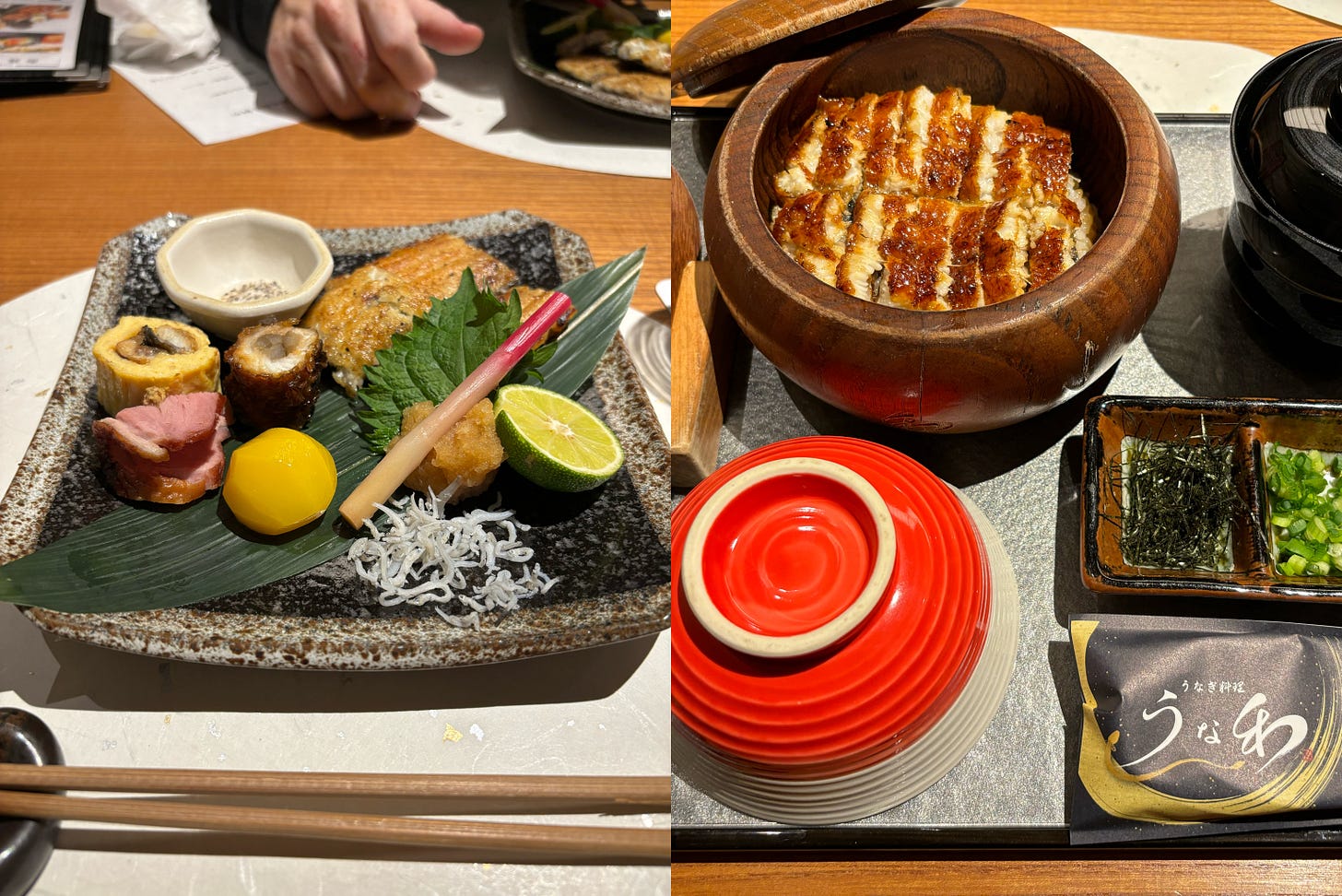

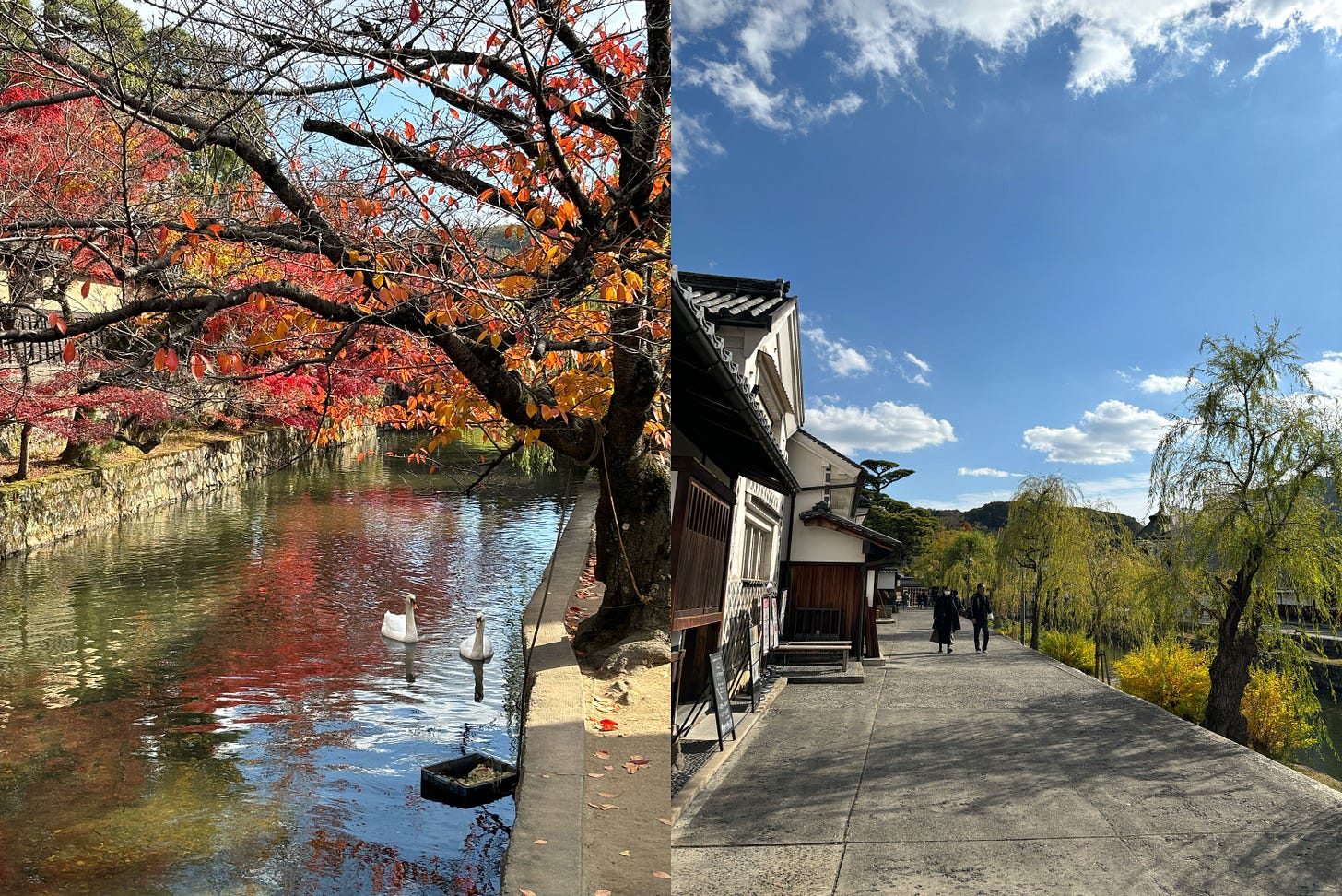

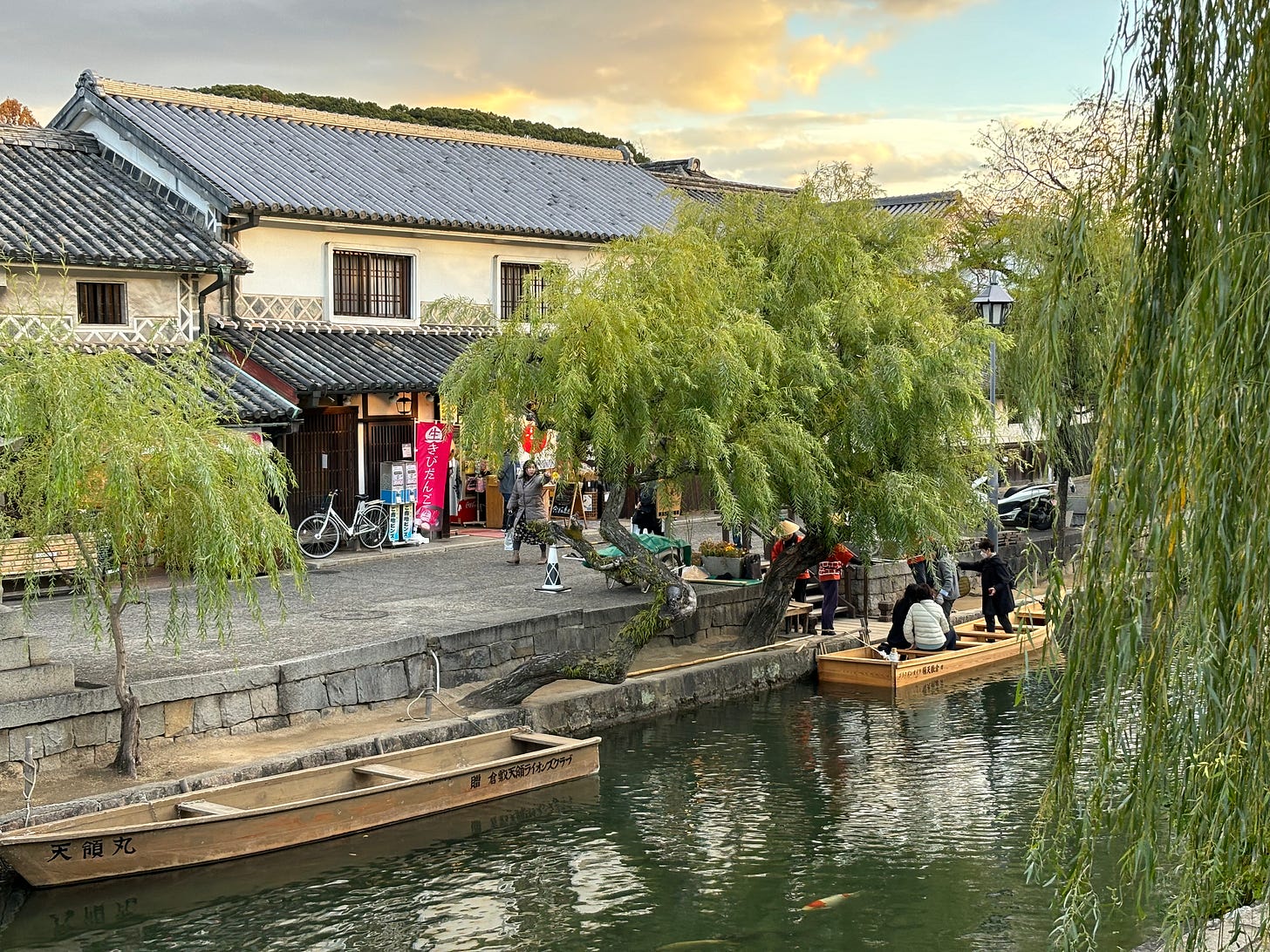
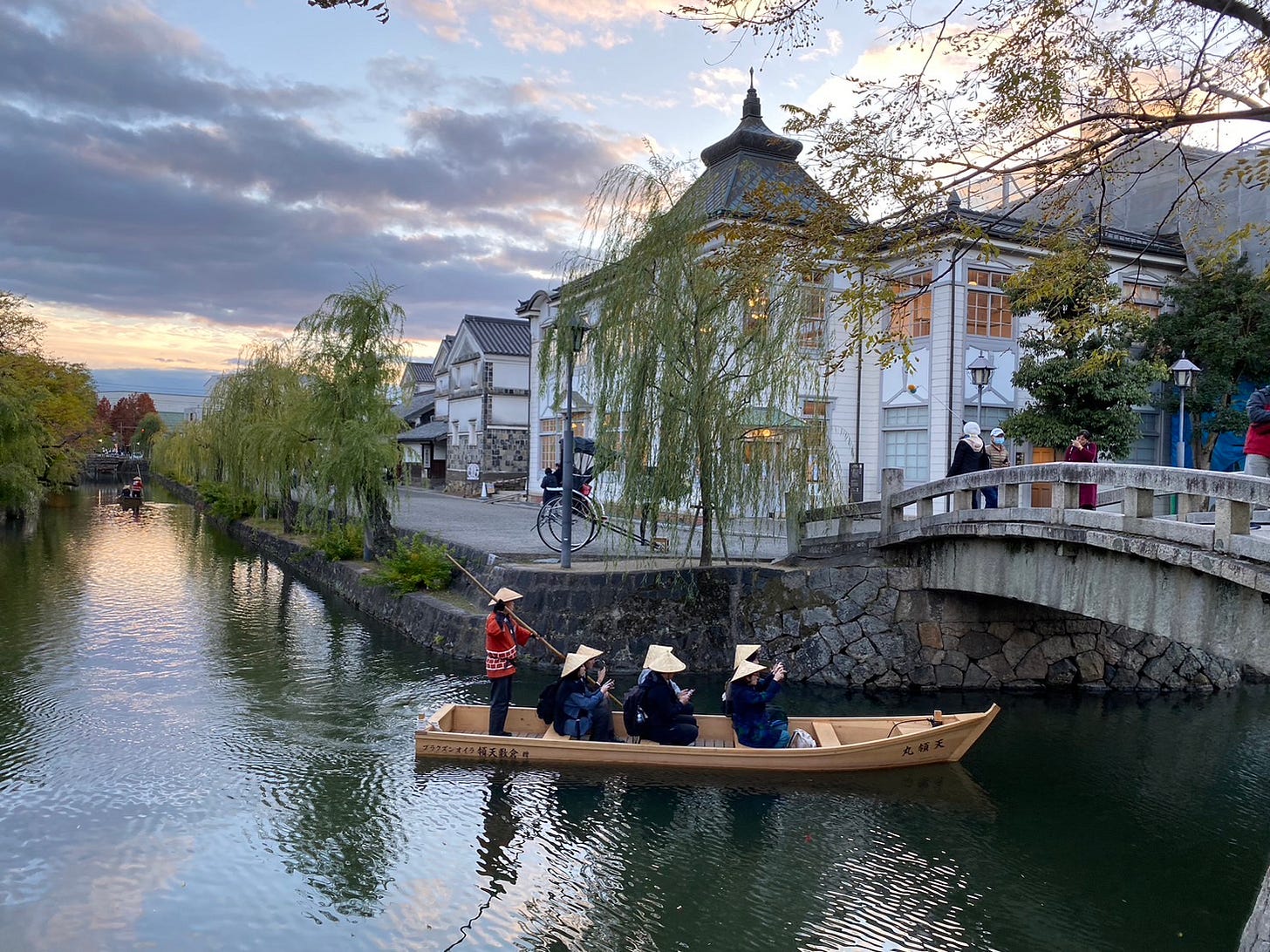
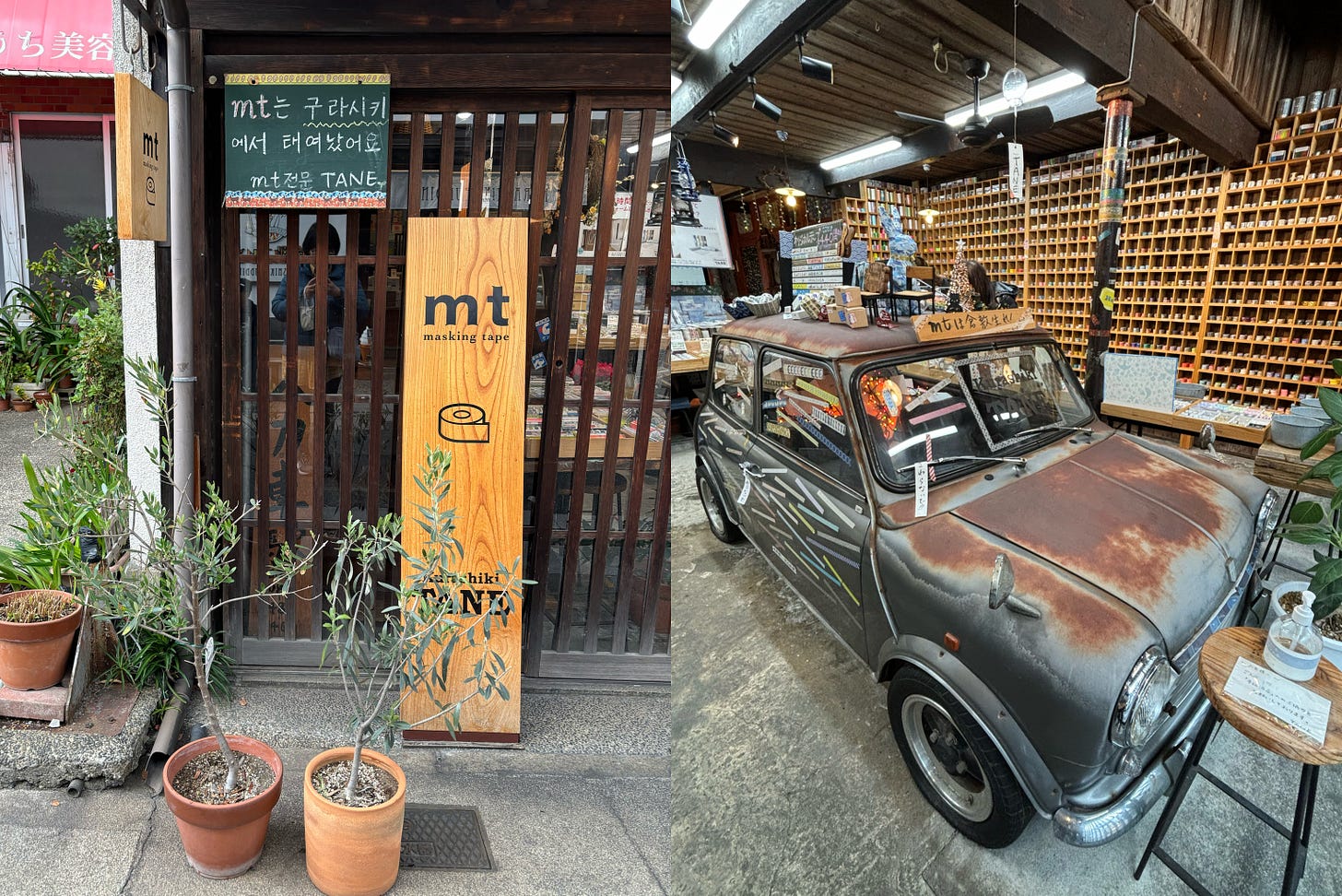
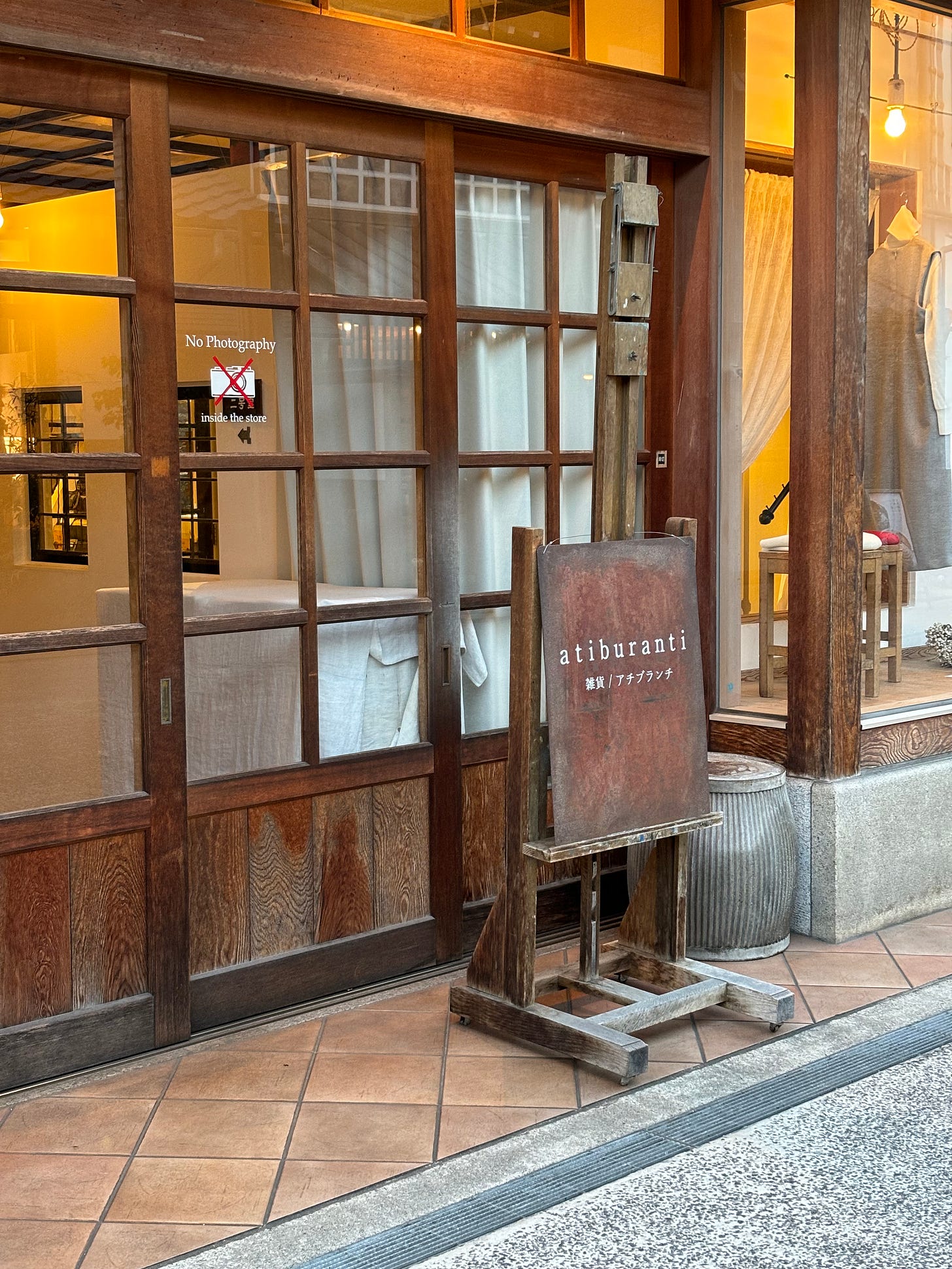
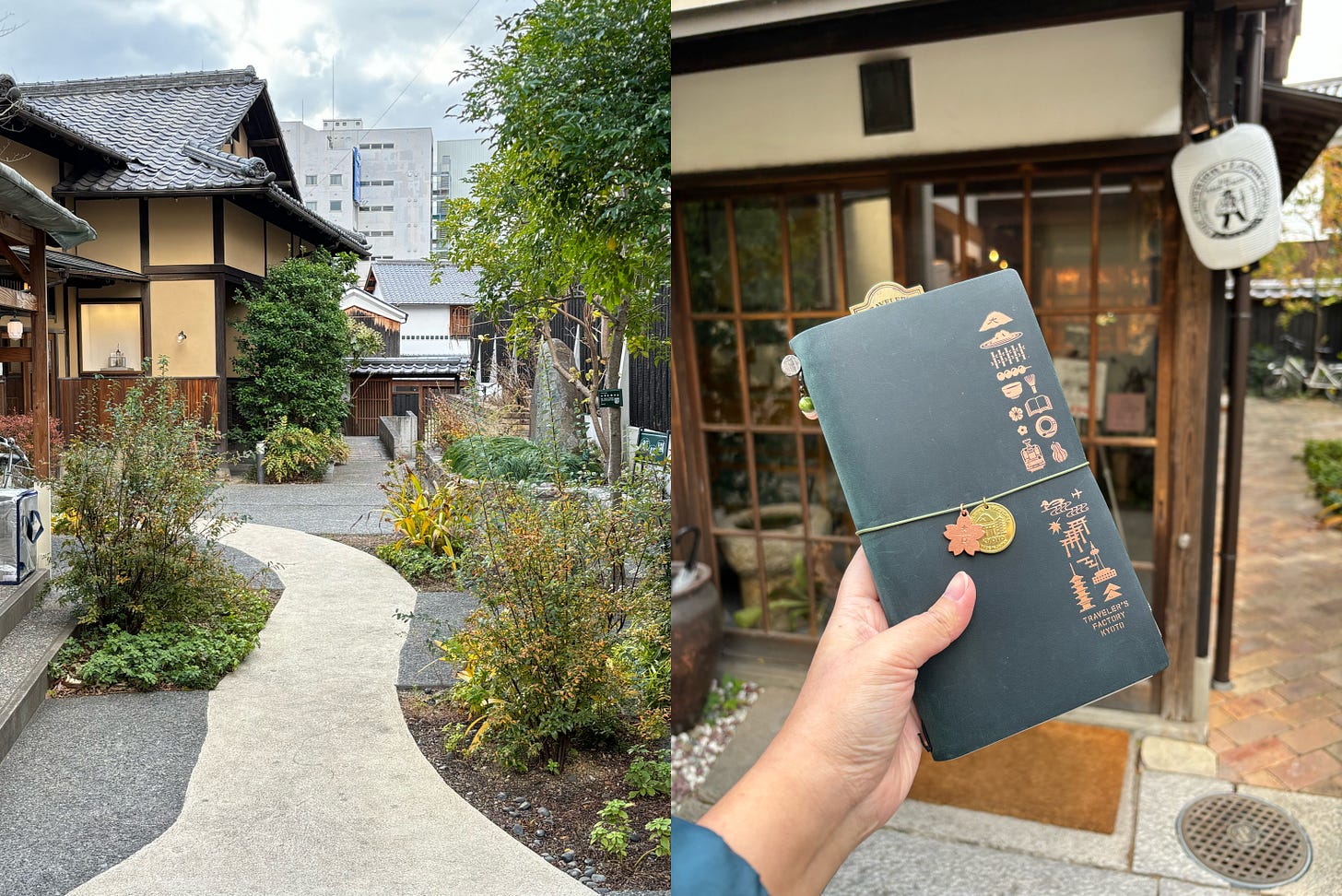
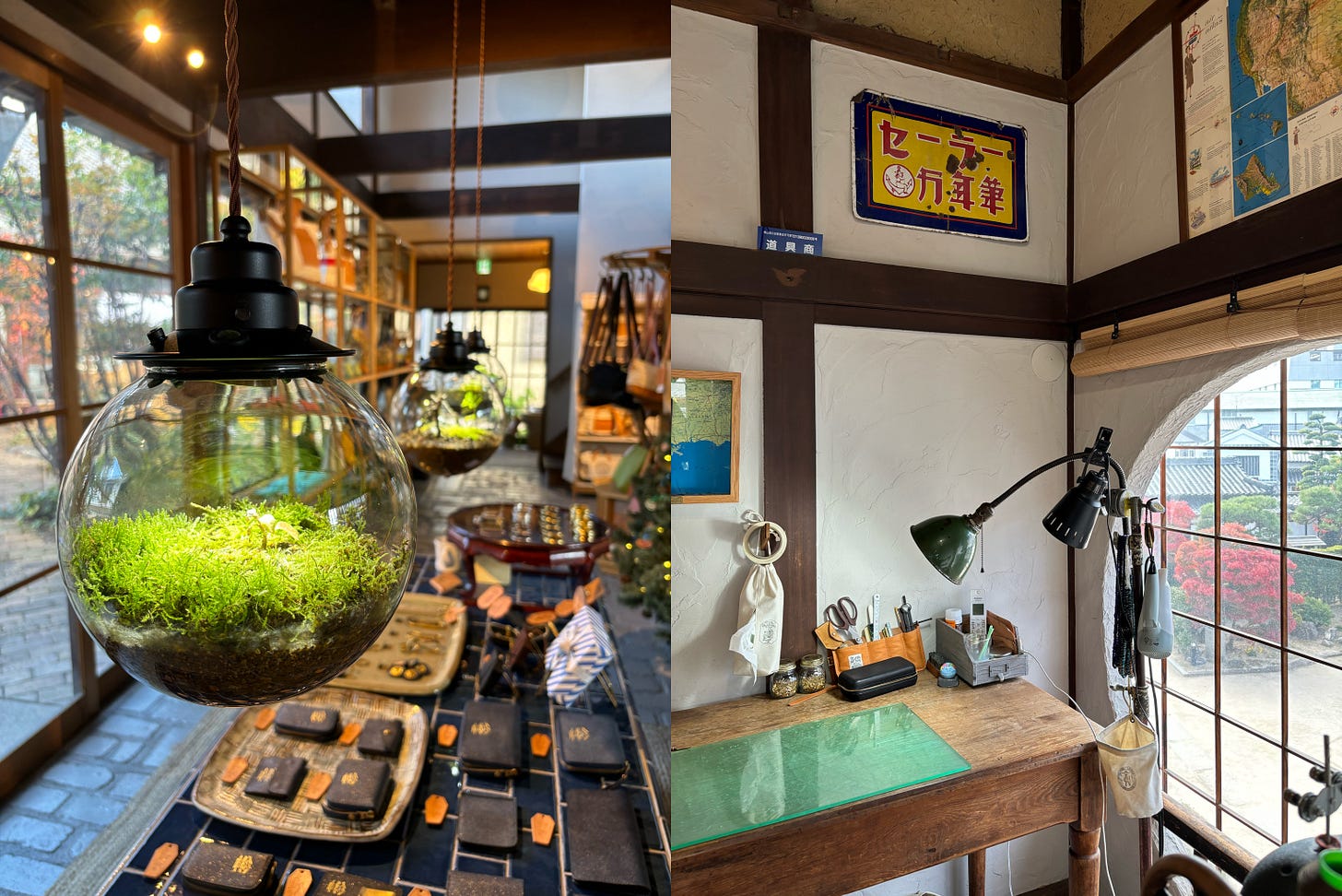
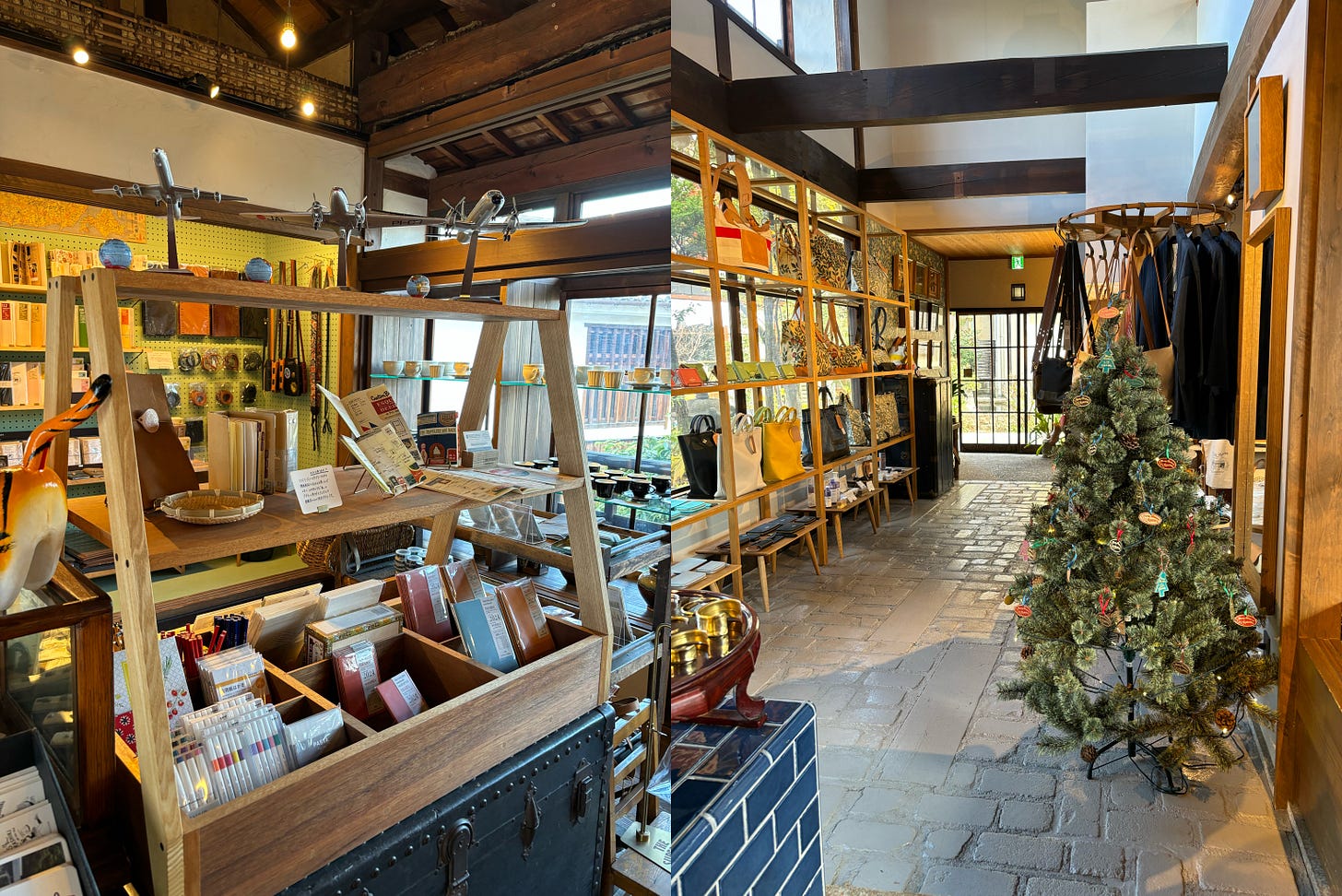
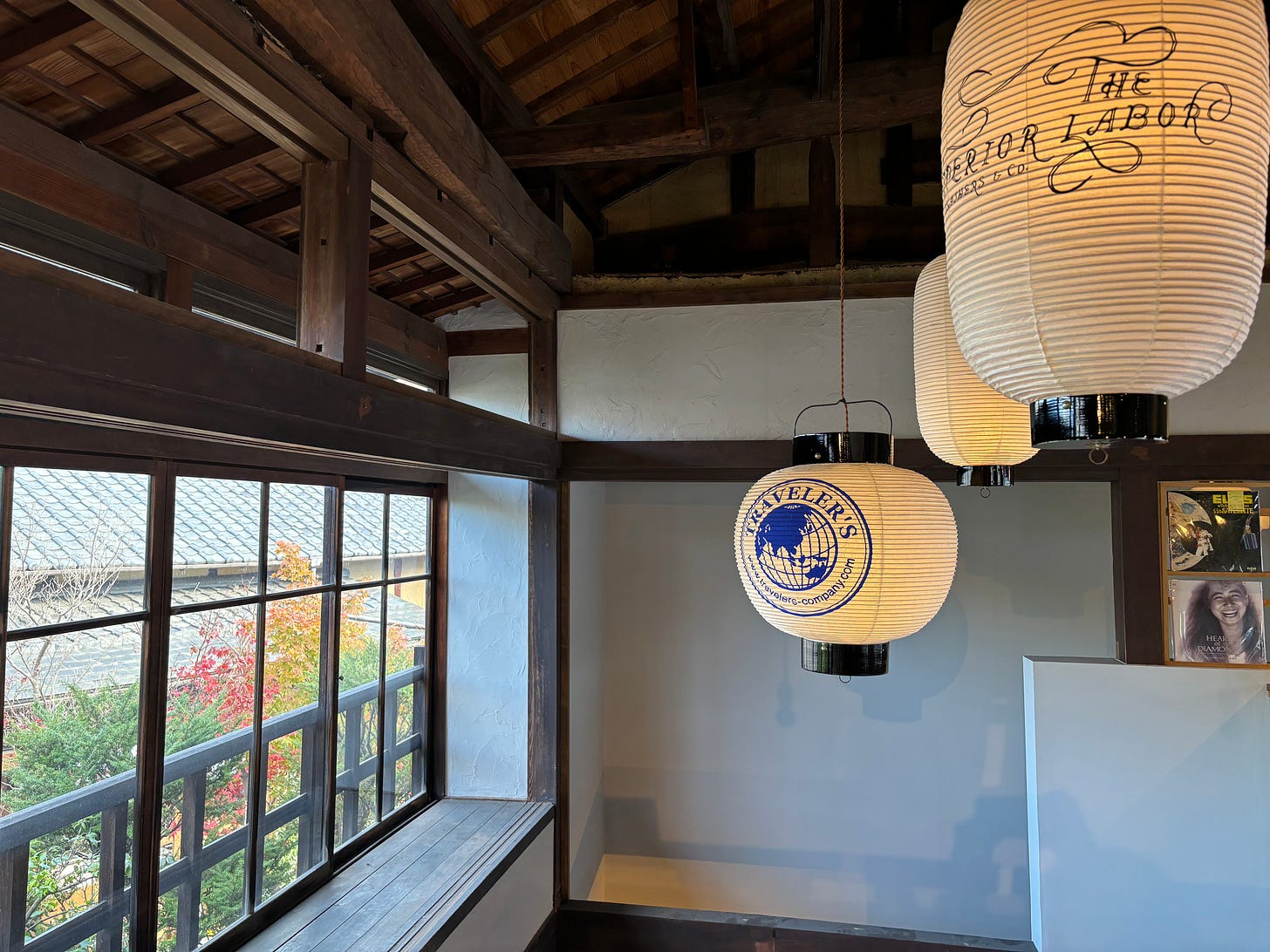
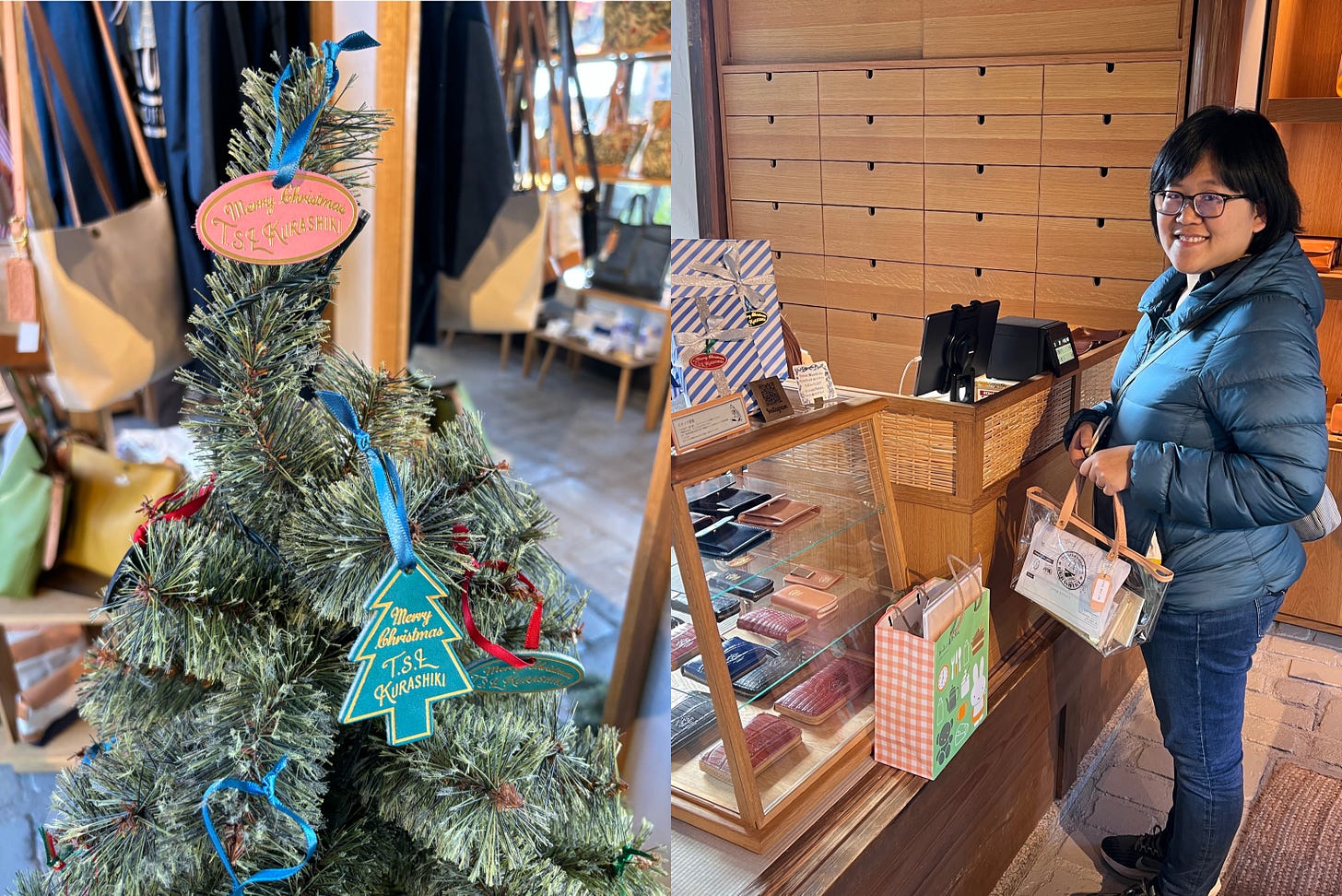
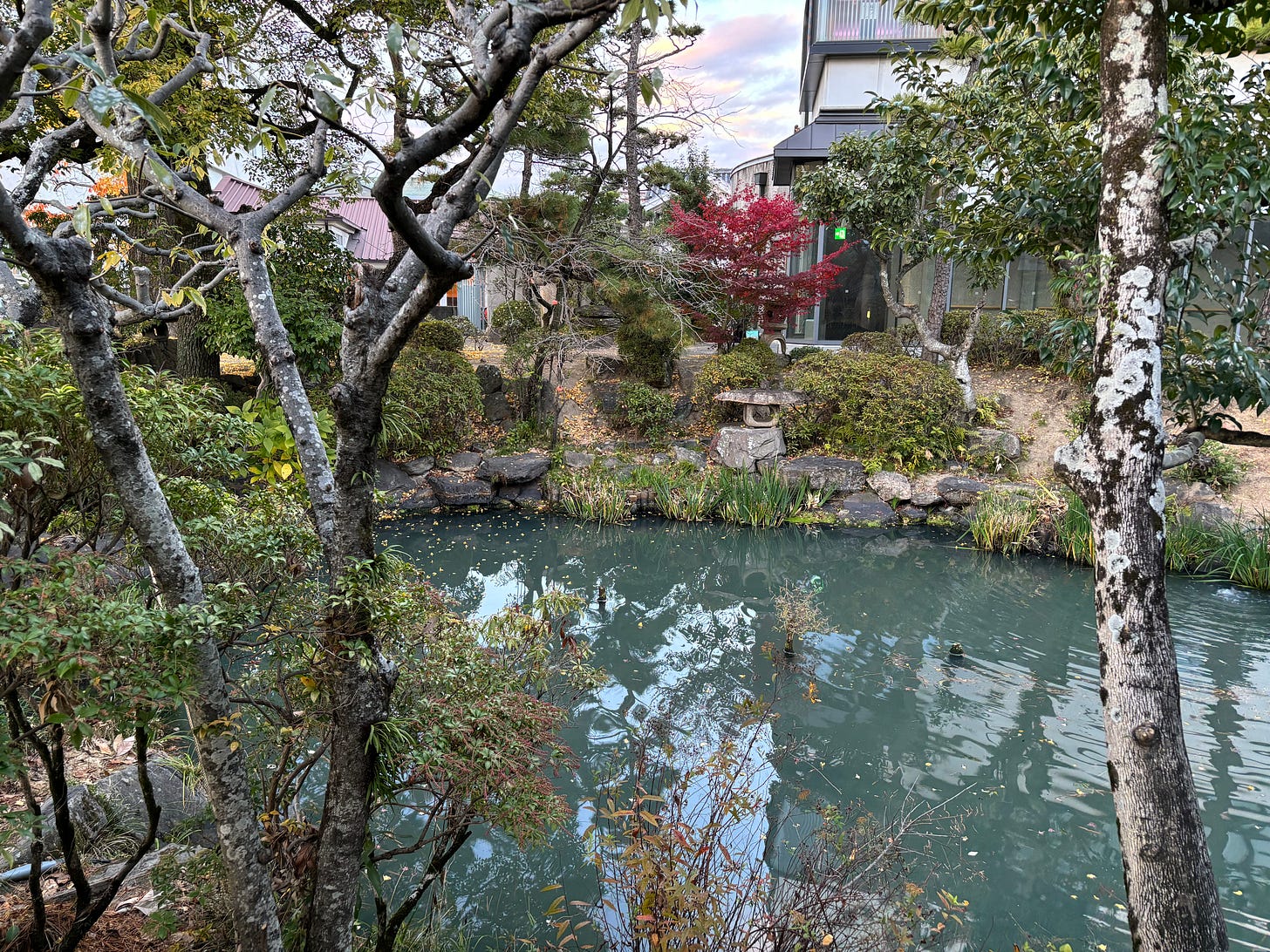
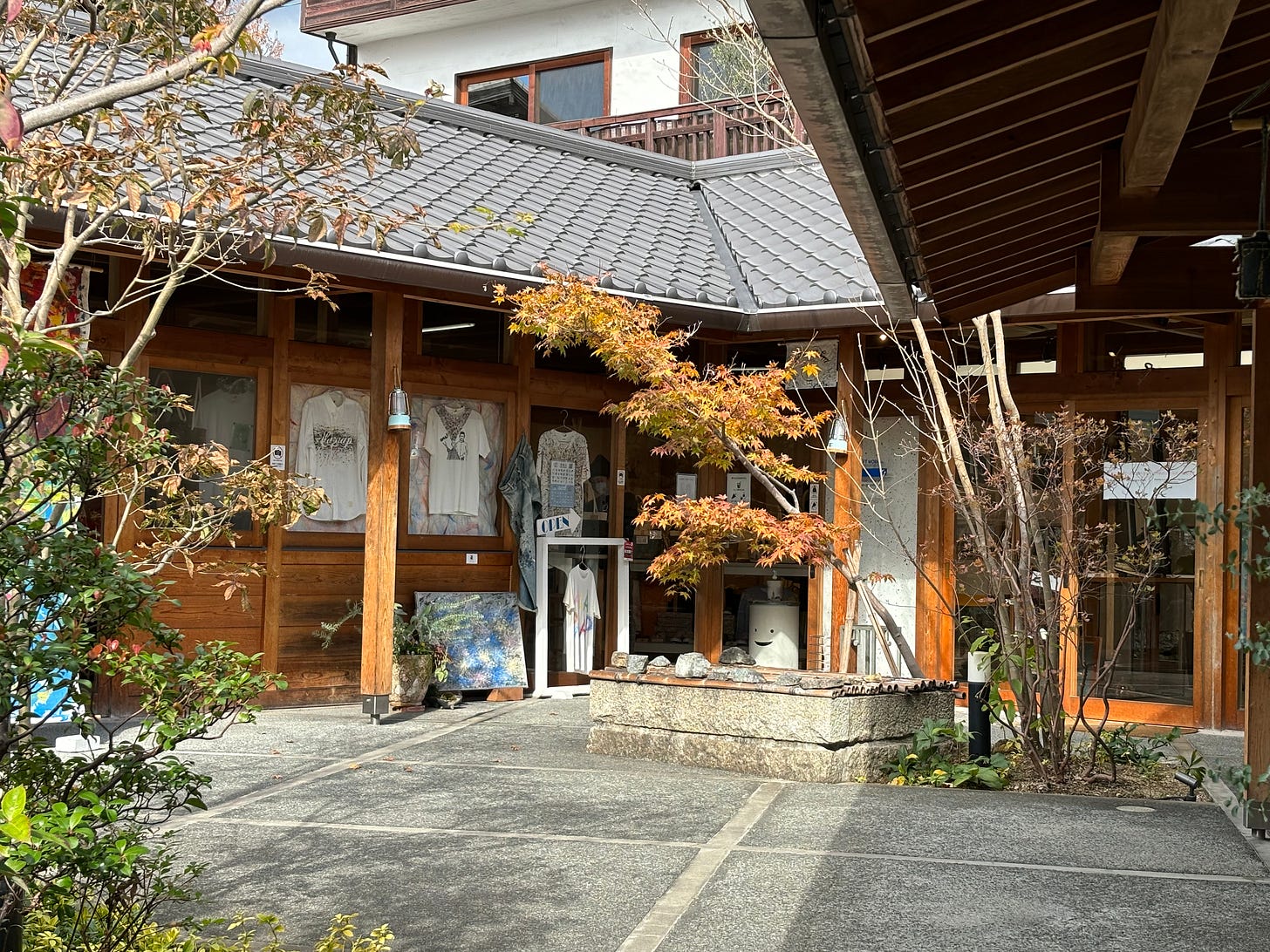
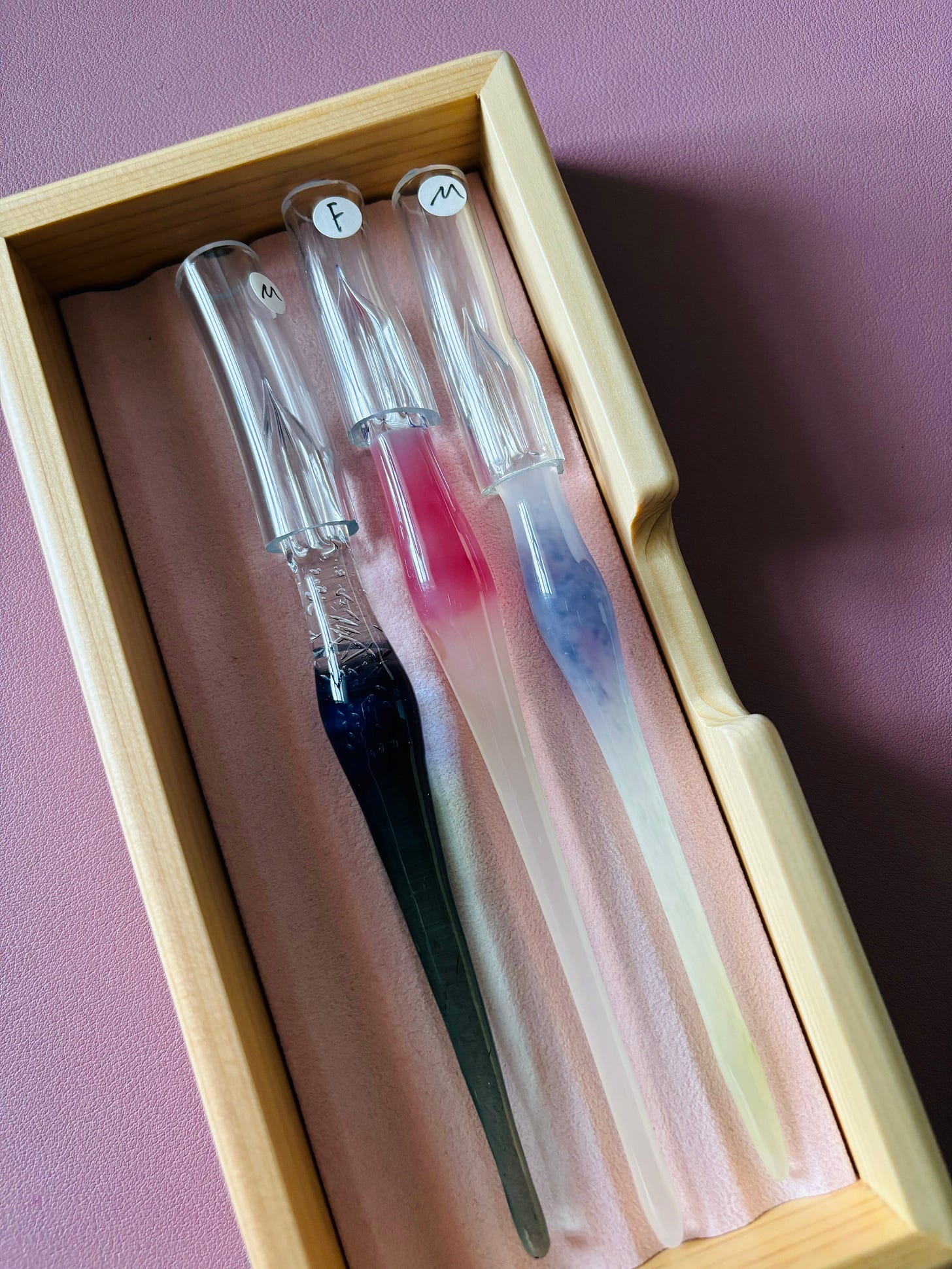
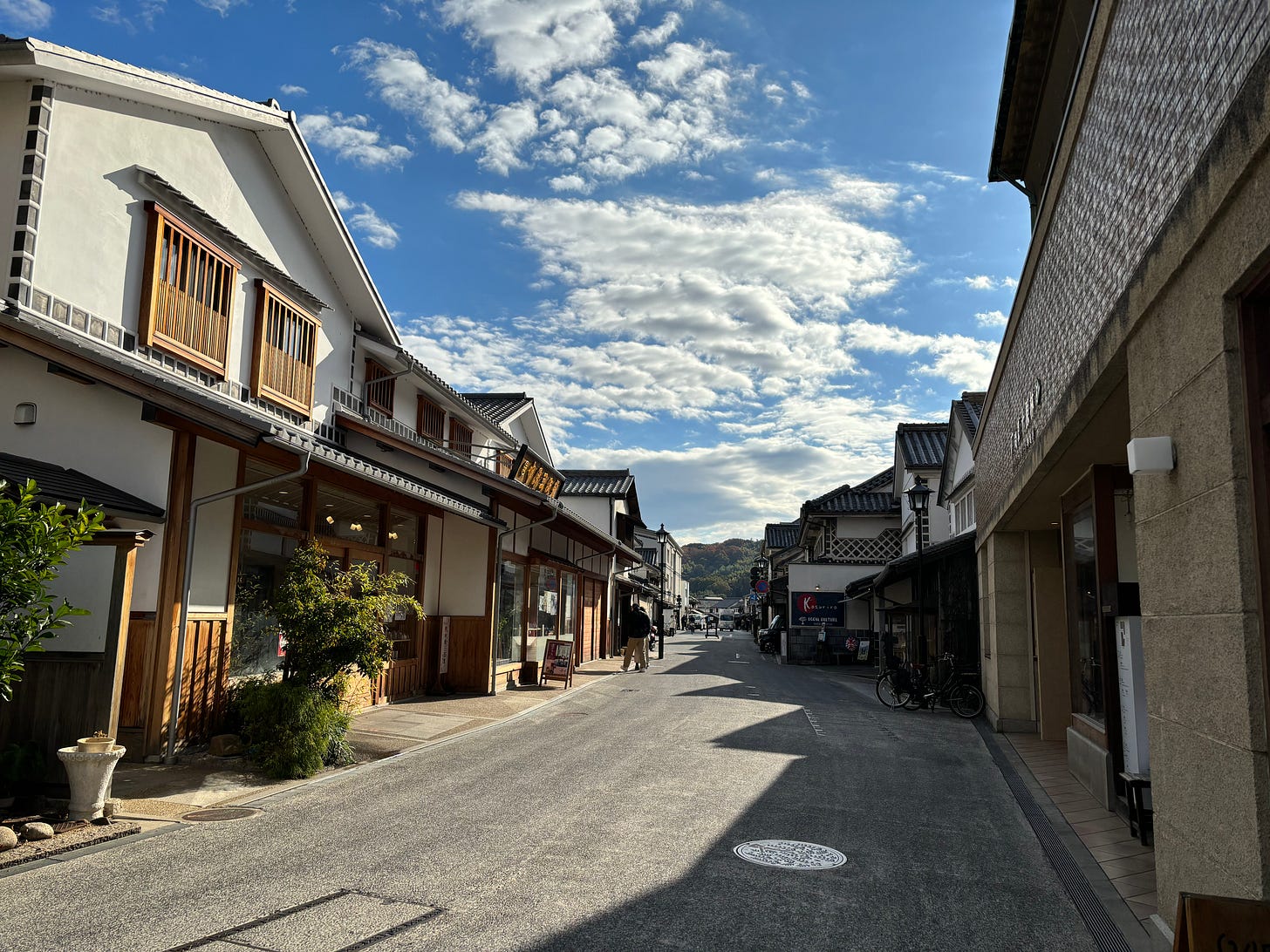
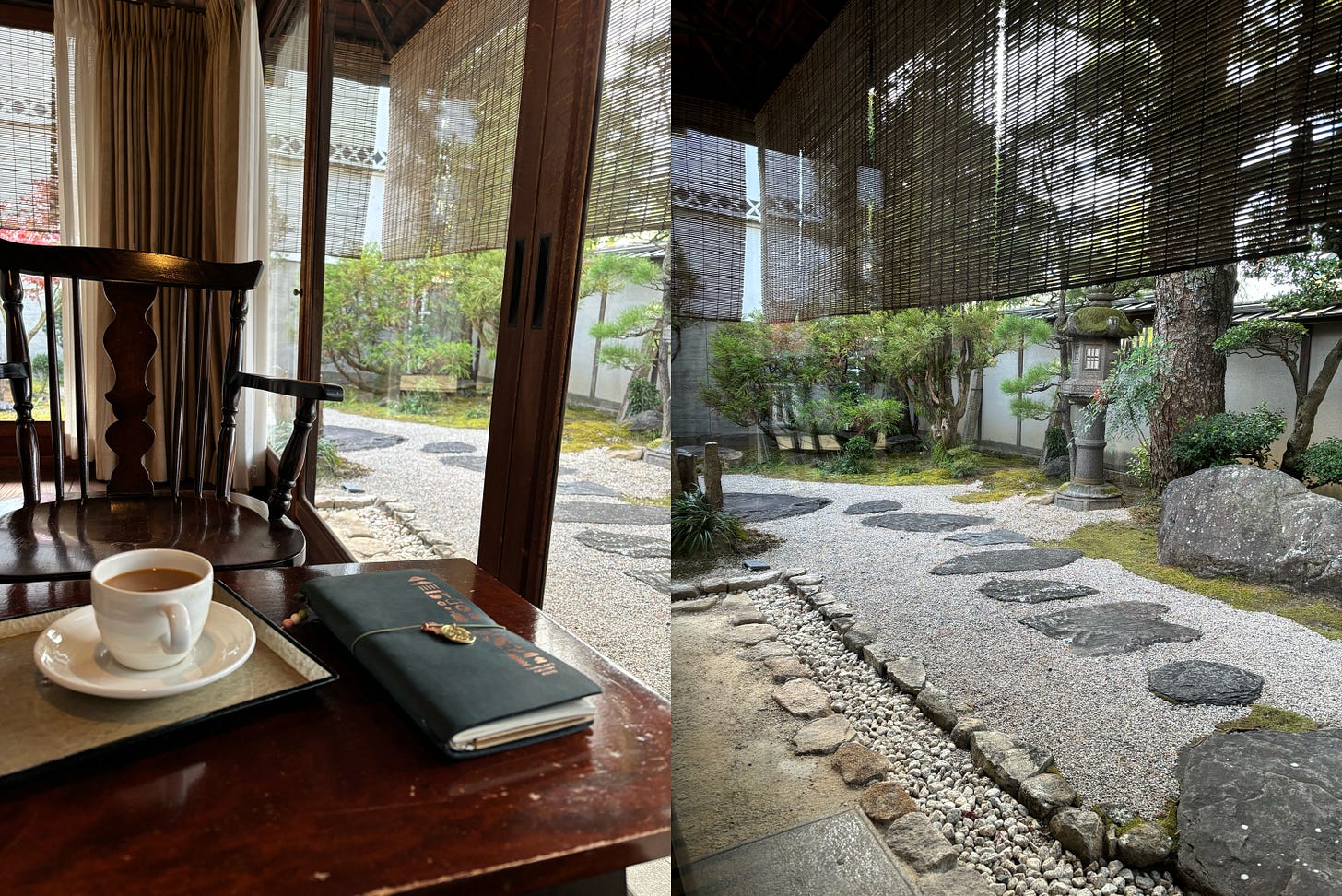
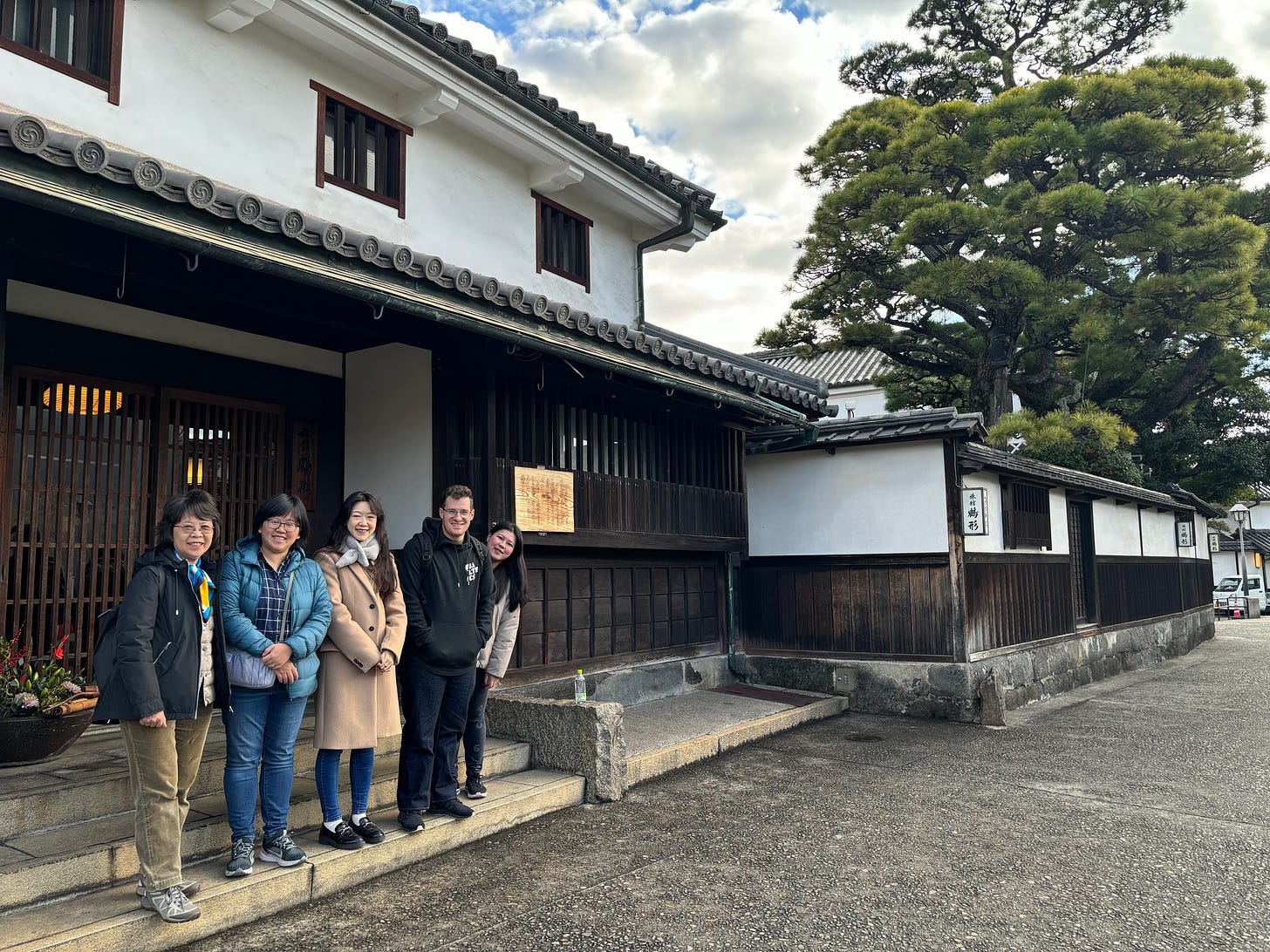
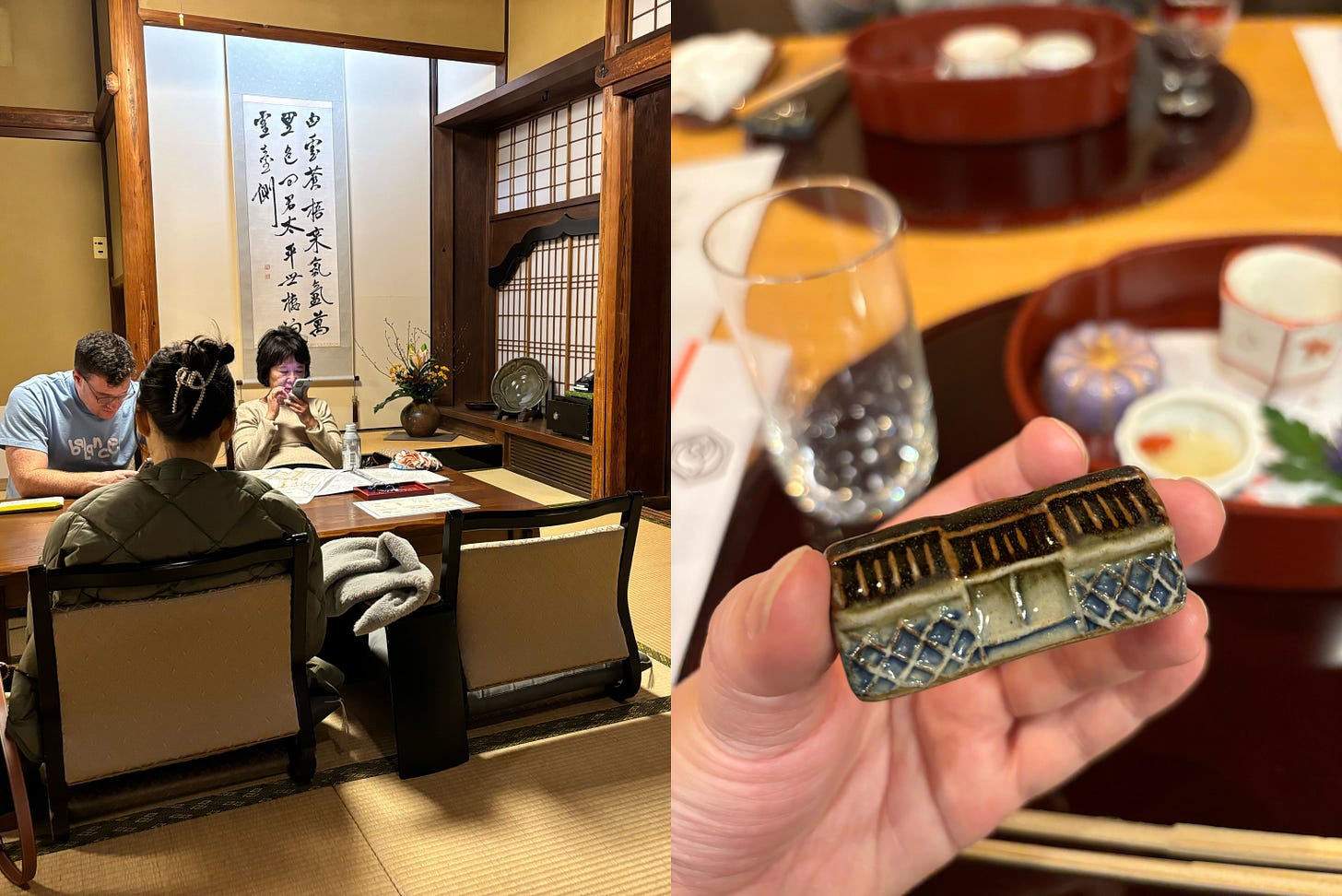
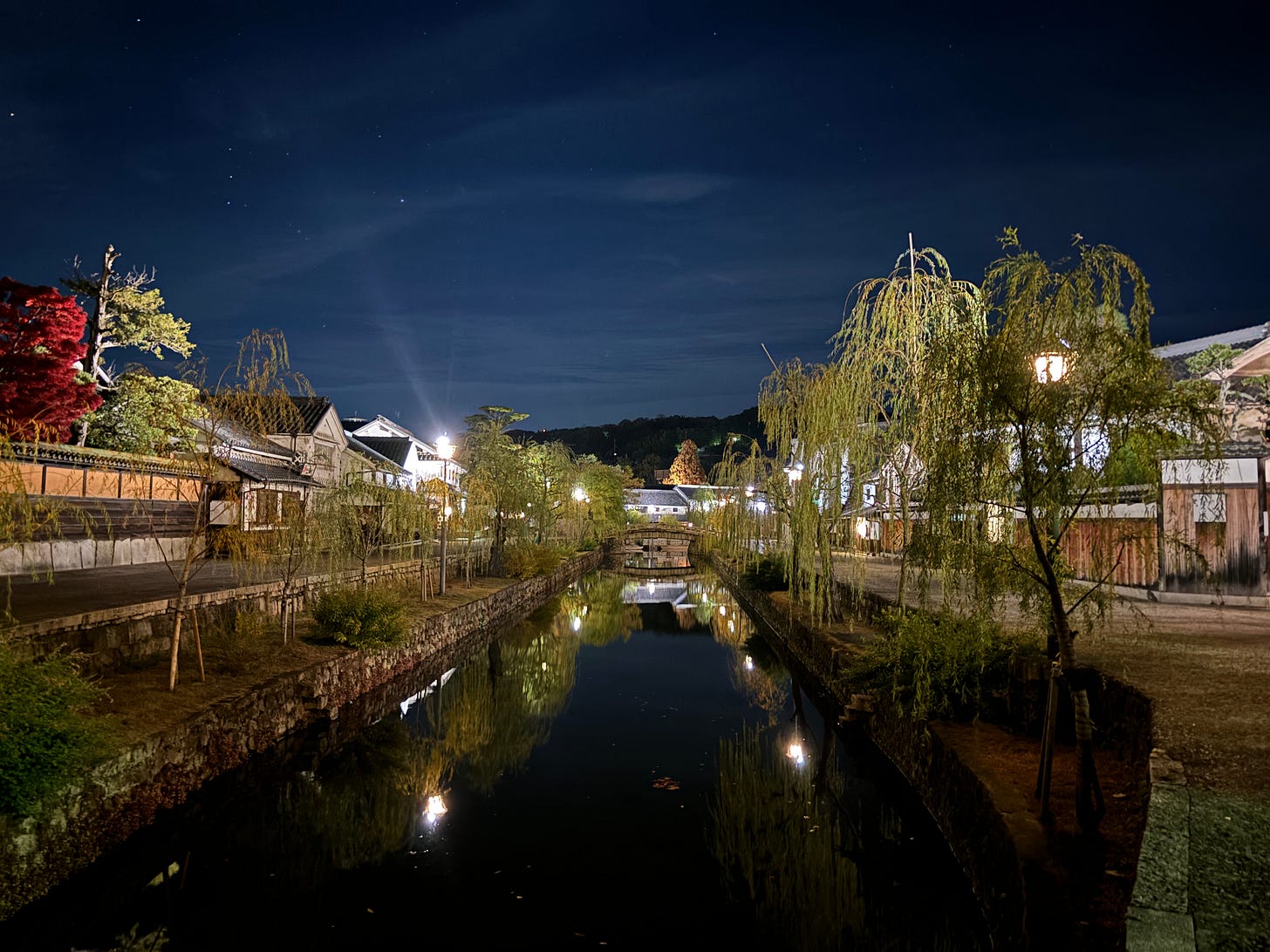
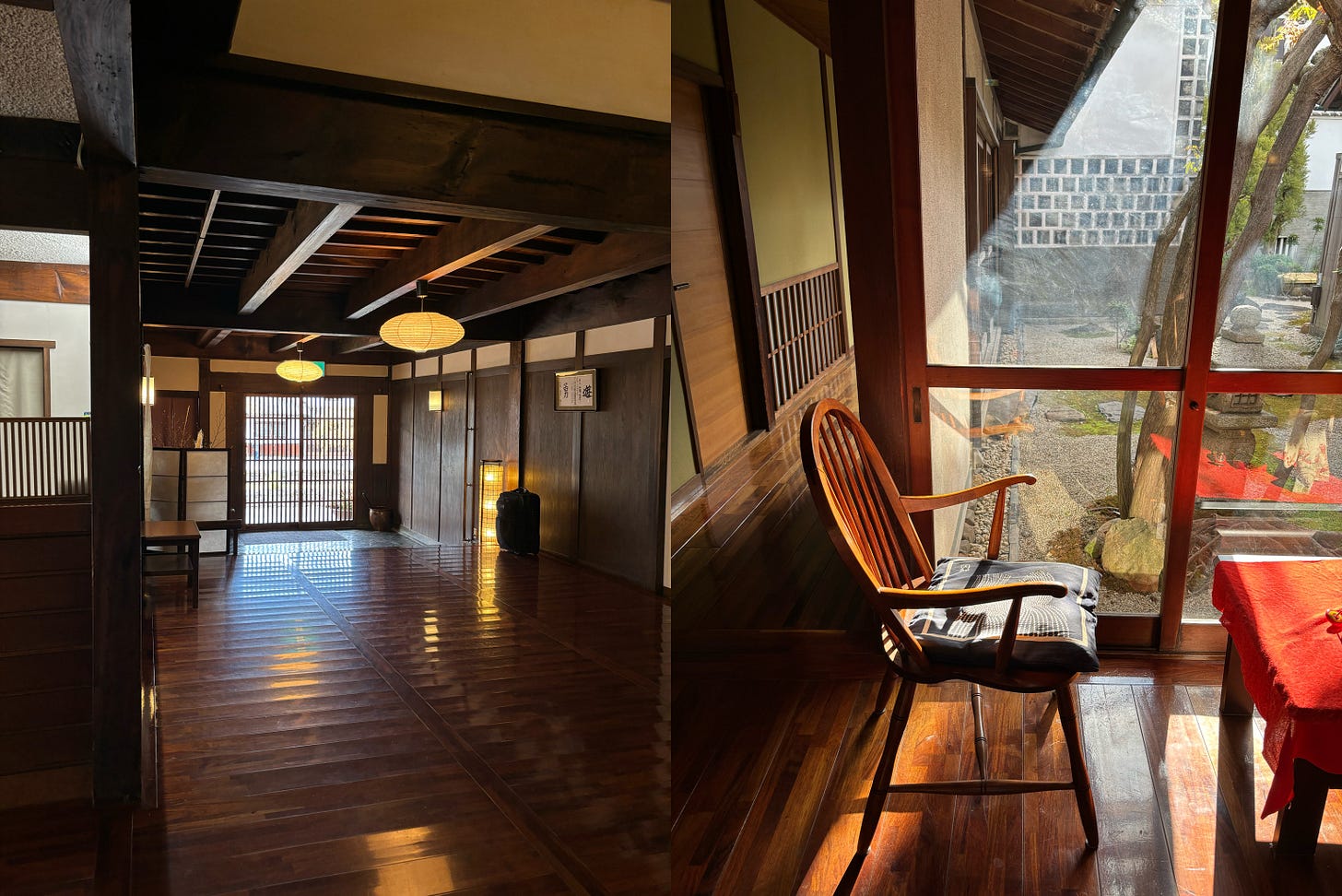

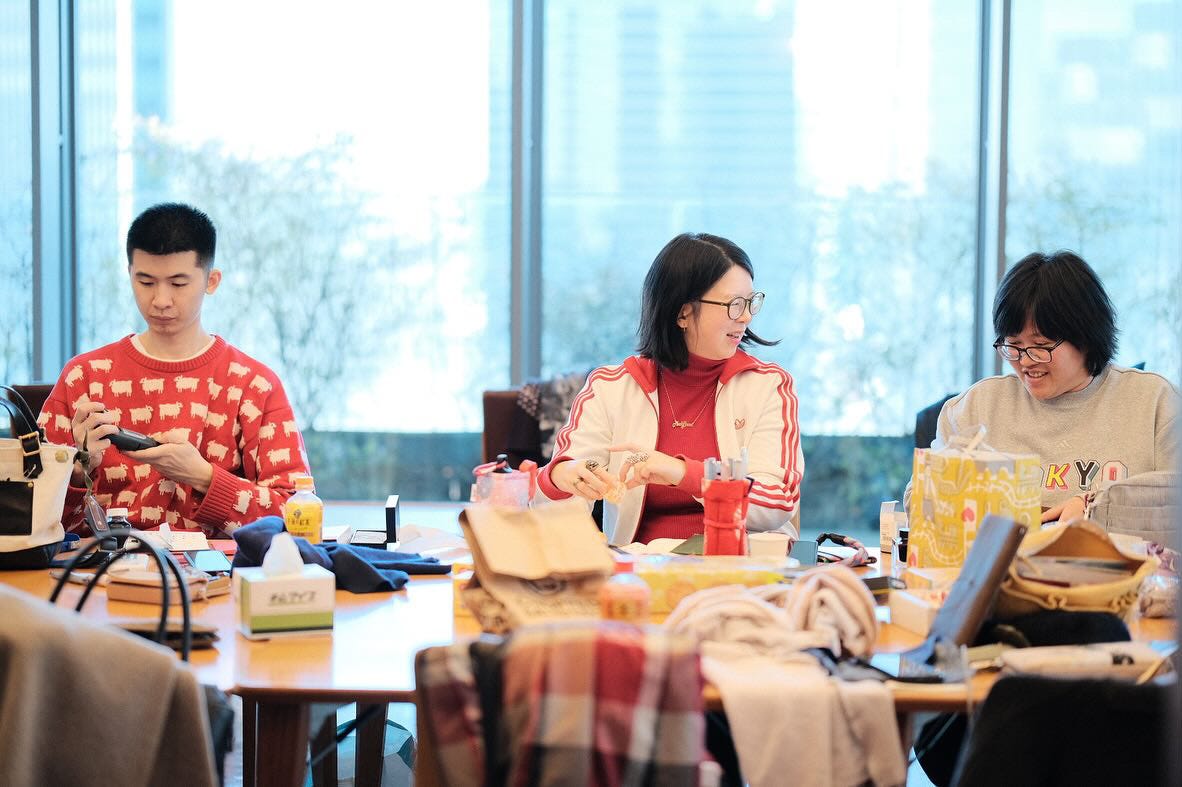
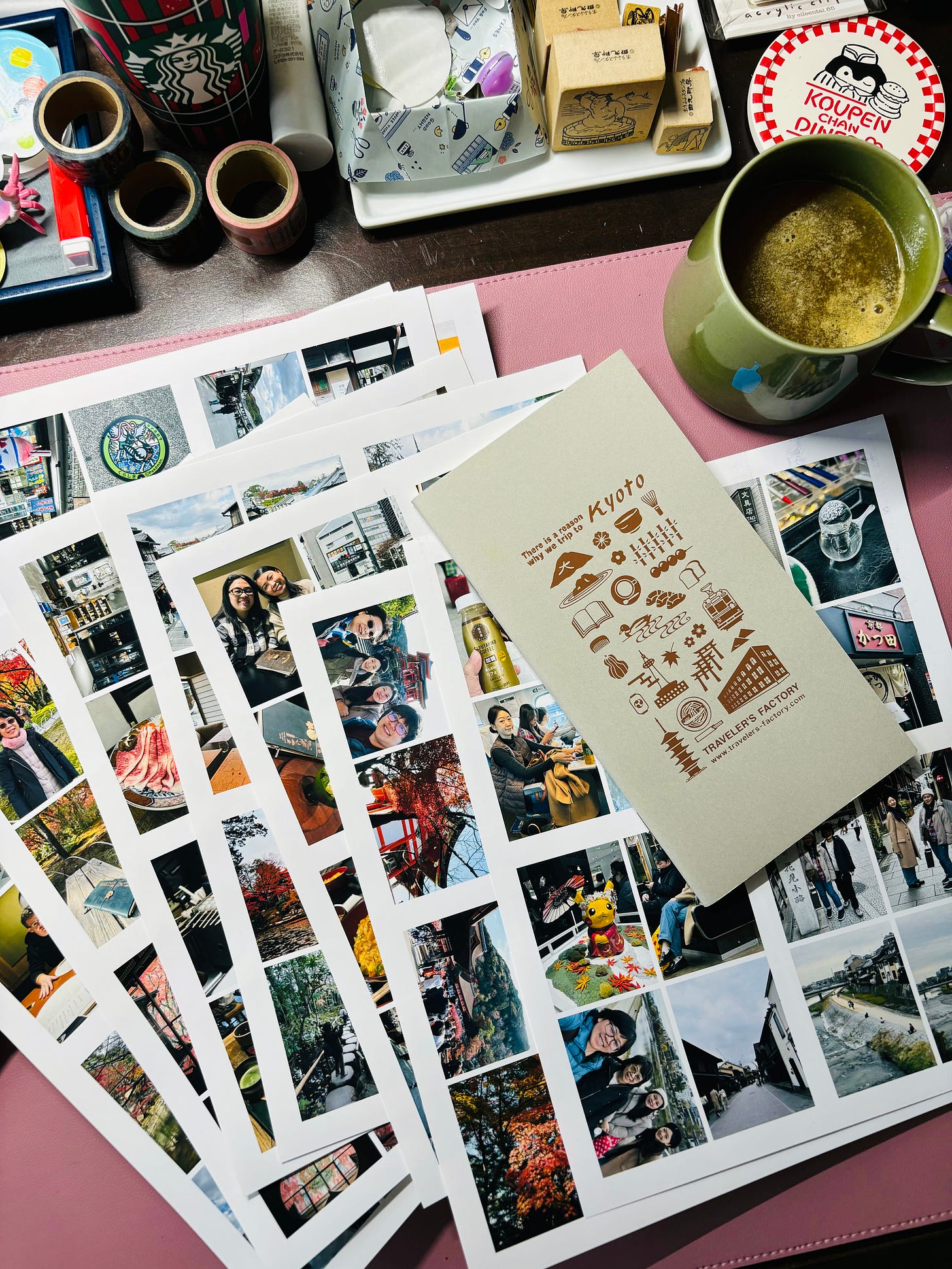
Omigosh! I'm going to Kyoto in three weeks... Bookmarking everything here!
Thank you for sharing your trip.
You'd make a wonderful stationery tour guide there.